|
Although we’re in the throes of winter with below zero temps and howling winds, I was recently reminded that spring is just two months away. The other day a package arrived at my door and when I opened the box and saw the contents, I immediately had visions of warm days lazing on the porch, lakeside picnics and splashing in the pool. SQZ BEVS produces handcrafted, all natural lemon wine, including Lemon Grass, Key Lime and Cranberry flavors. The packaging is whimsical and I love the concept of the Mason jars. Each Mason jar contains 375 ml of wine. The convenient carriers are made from recycled paper and are hand folded, requiring no glue. SQZ is located in Lanark, Illinois and is owned by Anthony Curcio, CEO and mastermind behind these lightweight alcoholic beverages. Anthony is no stranger to winemaking. His grandfather, Lorenzo Curcio was known for his fruit wines made in the region of Calabria, Italy. This family tradition was passed from generation to generation with Anthony taking it to another level. The wines are made in small batches using only natural ingredients. The water is locally sourced, deep well water that is triple filtered to ensure consistency in each batch made. Only lemon juice, water, cane sugar and yeast are used. The juice is naturally fermented and blended in stainless steel tanks. SQZ is best served cold and that is how I sampled them. Original Lemon Wine is their flagship wine made with lemons, yeast, pure cane sugar and water. The color is pale yellow with aromas of lemons and floral and a hint of yeast. The palate offers citrus with a perfect blend of tart and sweet with lemons lingering on the finish. Alcohol: 9% Lemongrass is made with lemongrass and green tea blended with the Original SQZ ingredients. The color is pale orange with hints of tea and lemon on the nose. The palate offers a very lively blend of the ingredients with a subtle tartness on the finish. Alcohol: 9% Cranberry is made with fresh cranberries and the Original SQZ ingredients. The color is bright red with aromas of berries and citrus. The palate offers a tangy mix of fruit and lemons. The tartness offsets any sweetness and the flavors persist on the finish. Alcohol: 9% Key Lime is made with key limes and the Original SQZ ingredients. The color is lemon-green with subtle aromas of citrus and floral. The key limes dominate the palate, but it works! It is a delightful balance with just the right amount of zing and hints of sweet. Alcohol: 9% My favorites are Key Lime and Cranberry but I found all the flavors to be refreshing with their own unique style. And, it was fun to drink the wines right from the jar! Use your imagination and add these lemon wines to vodka, sparkling wine or add fruit to them and serve over ice. And the bonus is that the empty Mason jars can be used again!
SRP: $3.99 per jar. SRP for the four-pack is $14.99-$16.99. Go to sqzbevs.com to find a store near you. As we prepare for yet another snowstorm, I’m going to sit here, pretend it’s warm outside and sip a jar of Key Lime wine! Until next time… Cheers! Penina To leave a comment or if you have an inquiry, please contact me at [email protected] Verona is located in Northeast Italy’s Veneto region. It is renowned as the setting for Shakespeare’s Romeo and Juliet and it is also the backdrop for his comedic play, The Two Gentlemen of Verona. What comes to my mind however when thinking of Verona are “the two brothers of Verona” Riccardo and Alessandro Pasqua, representing the third-generation of Pasqua Vigneti é Cantine. Over the course of a three-hour luncheon, Riccardo and Alessandro shared their passion, enthusiasm and dedication for winemaking that was clearly expressed in the fabulous wines I tasted. This dynamic duo was born and raised in Verona and they are a force to be reckoned with. Not only do they share an impressive business acumen, but they are also quick-witted, have a strong work ethic, a great sense of humor and they love and live life to the fullest. The history of Pasqua Vigneti é Cantine began in 1925 when the first generation left their home in Apulia for Verona to embark on a new business. Going from the wine and retail trade to becoming a winery, they acquired new vineyards and made affordable table wine, making Pasqua a household name. The second generation, led by Umberto Pasqua, joined the company in the 1960s opening doors for exportation, establishing innovative research for vines and grafting techniques. In the mid-2000s a new headquarters and manufacturing plant was established in San Felice, located in the heart of the family’s vineyards. It is an environmentally friendly, gravity-fed winery complete with cellars, a laboratory and temperature-controlled warehouse. The winemaker is Giovanni Nordera, a cousin of the family. The winery produces approximately 14-15 million bottles of wine per year! The third generation made their entrance in 2007, beginning with Riccardo who had a vision for expanding Pasqua’s market. With the support of his father Umberto, Riccardo along with his wife and children, moved to New York City in 2009 and created Pasqua USA LCC. Within just a few short years and hard work, the revenues allowed Riccardo and Umberto to buy out the other family members, which was finalized in 2017. In 2014, Riccardo’s younger brother Alessandro became Vice President of Americas and moved to NYC taking over Pasqua USA, LCC. Riccardo returned to Italy a few weeks later to handle the day-to-day management of the company. Riccardo became CEO of Pasqua in 2015. Umberto is President of Pasqua and he and his sons Riccardo and Alessandro remain co-owners of Pasqua Vigneti é Cantine. The Veneto wine region has a variety of diverse microclimates, soils and indigenous grapes. The territories surrounding Verona are famous for such wines as Amarone, a Valpolicella blend typically made from Corvina, Rondinella and Molinara grapes and Soave, a white wine made with Garganega grapes. Pasqua has complete control over 741 acres of vineyards (1/3 is estate-owned) spread out from Lake Garda to Soave, with many of Pasqua’s vineyards located in Valpolicella Estesa. Their newest addition of 25 acres is located in Soave. We tasted through five wines at the luncheon, beginning with Pasqua’s Romeo and Juliet Passione & Sentimento wines. The label was inspired by Shakespeare’s star-struck lovers and is a tribute to “all great passions, just like our family’s passion for wine”. The label is a photograph of the messages left daily by visitors on the 20-foot wall outside of Juliet’s house on Cappello Street in Verona. Riccardo and Alessandro felt “it was important for the label to equate Verona with Italy”. And when it comes to making these wines, Pasqua is definitely showing lots of creativity in the winemaking process. Alessandro said, “the Rosso breaks about 10 rules!” Romeo & Juliet Passione & Sentimento Bianco Veneto IGT 2017 is made with hand-harvested 100% Garganega grapes. The appassimento technique is used to make this wine. Grapes dry in trays for a short time to enhance the sugar and floral aromas prior to maceration and fermentation. Part of the wine is then aged in French oak for a few months and then blended. This is a very aromatic wine with layers of citrus, stone fruit and hints of apricot and perfume on the finish. It is refreshing and crisp. Serve as an aperitif or with cheese, fish, fowl and salads. Alcohol: 13% SRP: $16 Romeo & Juliet Passione & Sentimento Rosso Veneto IGT 2016 is made with 100% hand-harvested dried grapes of 40% Merlot, 30% Corvina and 30% Croatina. This is another appassimento-style wine. Grapes are dried for 4 to 6 weeks. The wine is aged for about 3 months in large cherry barrels (second use). The color is ruby with lovely floral, berry and spice aromas. The palate offers cherry, plum and dried fruit and is beautifully balanced with soft tannins and a lingering finish. Serve with hearty cuisine, stews, and aged cheese. Alcohol: 14% SRP: $16 Famiglia Pasqua Amarone della Valpolicella DOCG 2013 is made with hand-harvested Corvina, Rondinella, Corvinone and Negrara grapes. The grapes dry in wooden crates for 4-5 months prior to fermentation. The wine ages in oak barrels for 18-20 months and then an additional 3-4 months aging in bottle. This is a seductive wine with rich aromas of dark berries, chocolate, vanilla and spice. The palate is layered with blackberry, cherry, fennel, spice and hints of earth. This is a beautiful blend of acidity and natural sweetness. Dark berries continue on a long finish. This is a full-bodied wine with silky tannins. Pair with grilled meats, game, hearty stews and hard cheese. Alcohol: 15% SRP: $46 The grapes for the Mai Dire Mai wines are sourced from Pasqua’s single vineyard, Montevegro, a 23-hectare vineyard located at an altitude of 350 meters, with basalt and calcareous soil, providing optimal mineral content. Mai Dire Mai Valpolicella Superiore DOC 2013 is made with 50% Corvina, 30% Corvinone, 10% Rondinella and 10% Oseleta. Grapes are hand-harvested from a single vineyard. The vines are a mixture of new and 40+ years old vines and the limestone in the soil gives this wine its mouthwatering acidity. The wine is aged in French oak tonneaux and barriques for 18 months, (70% new oak and 30% second use.) This is an elegant wine with a ruby red color and lush aromas of dried fruit, cherry, tobacco and spice. The palate offers savory notes of dark dried cherry, clove and espresso. The balance is perfection between the acidity and tannins. The finish is long and the subtly is heavenly. Serve with meats, pasta, firm fish and stews. Alcohol: 15% SRP: $46 Mai Dire Mai Amarone della Valpolicella DOCG 2011 is made with 65% Corvina, 15% Corvinone, 10% Rondinella and 10% Oseleta. The grapes are hand-harvested and dried in crates for 4 months. The wine is aged in new French oak casks (70% 225 liters and 30% 500 liters) for 24 months. This is a decadent and sumptuous Amarone. Riccardo said it perfectly, “it is elegant, versatile and dry to the bone”. Intense aromas of dark plum, cherry, earth and spice set the stage. The wine is full-bodied and complex with the palate offering layers of dark fruit, dried cherry, cloves, dark chocolate and hints of spice. This is a well-balanced wine with silky tannins and a lot of finesse. Pair with pasta, meat, aged cheese and dark chocolate. Alcohol: 16.5% SRP: $100 All of the wines that I tasted are expressive of the terroir and demonstrate the family’s desire to bring back “old school style” wines in addition to being adventurous! Riccardo said, “we want to start a new trend for Amarone and put Valpolicella back on the map, old style. We have the terroir and time to develop, no matter how long it takes”.
As the luncheon drew to a close, Riccardo hinted of a “secret project” that they are working on. Hmmm…I can’t wait to find out! The Pasqua family definitely thinks outside the box and I’m sure whatever they are working on, it will be impressive. The company sells wines in fifty countries worldwide, so find yourself a bottle of their wine and join these “pioneers” in a toast to a “Family Passion!” Until next time… Cheers! Penina To leave a comment or if you have an inquiry, please contact me at [email protected] With frigid temperatures and bone-chilling winds last evening, it seemed like a perfect time to light a fire and open a bottle of red wine. What to open? My selection of red wines is extensive but after 10 minutes of quickly perusing labels, I finally chose a bottle of Trivento Malbec, a sample sent to me a few months ago. In case you are new to my site and haven’t read my previous stories on Bodega Trivento, here is a quick summary. Bodega Trivento is located in Mendoza, Argentina at the foothills of the dramatic Andes Mountains that extend along the entire length of the country, separating it from Chile. In the mid-1990s Concha y Toro, Chile’s leading wine producer, purchased a collection of eight vineyards spreading across the Maipu, Tupungato, Uco Valley, Luján de Cuyo, San Martin and Rivadavia districts of Mendoza, making it one of the largest wine estates in Mendoza with over 3,185 acres of vines planted. All eight vineyards of Trivento are equipped with state of the art technology, drip irrigation systems and a dedicated team of winemakers and technicians. Winemaker Germán di Cesare oversees the production of Trivento’s premium ranges such as Amado Sur, Brisa de Abril and Golden Reserve wine collection. The name “Amado Sur” loosely translated means “Southern Love”. The name refers to the harmony between Malbec and the unique growing conditions in Mendoza that are so well suited to producing quality Malbec. Trivento Amado Sur Malbec 2016 The grapes for Amado Sur are sourced from the vineyards of Luján de Cuyo, Maipu and Tupungato. The blend is 70% Malbec, 20% Bonarda and 10% Syrah. Each varietal is vinified separately and aged for 8 months in French oak barrels before blending. The wine is then aged for an additional 6 months in stainless steel tanks and then bottle aged for 5 months. The color is deep ruby with alluring aromas of ripe red fruit, dark berries, cherry, dark plum, spice, vanilla and hints of floral. These aromas segue onto the palate with added anise and pepper. Dark cherry and spice linger on a long finish. The wine is full-bodied with smooth tannins, perfectly balanced and beautifully blended. It is interesting to note that Trivento was one of the first Argentine wineries to experiment with Malbec-based blends. Serve with meat, poultry, pasta, chili and hearty soup. Alcohol: 13% SRP: $15 For a more in-depth look at Trivento, their wines, climate and growing conditions, please read my stories which can be found by clicking on “Trivento” in the categories menu at right.
Until next time… Cheers! Penina To leave a comment or if you have an inquiry, please contact me at [email protected] Happy New Year! Many bottles of wine were opened over the holidays, most for tasting purposes, but there were quite a few wines that got my attention. One of the “pours” that had me going back for seconds was a bottle of Cline Family Old Vine Zinfandel. Cline Family Cellars was established in 1982 and is a family owned and operated winery with Fred and Nancy Cline at the helm. Fred learned winemaking from his grandfather and it was in 1982 that he produced his first vintage in Oakley, CA. In 1989, Nancy and Fred purchased a 350-acre horse ranch in Carneros and developed it into a wine vineyard. They moved the winery to Sonoma County. Their vineyards are located in Oakley (Contra Costa), which is home to some of the oldest grapevines in California, in Carneros their estate vineyards and in Sonoma Coast also known as Petaluma Gap. Each vineyard location has its own distinct climate and soil that dictates the types of grapes grown and the overall expression of the wine produced. Cline Family Cellars practices sustainable farming using such practices as hand hoeing and bringing in sheep and goats to eat the weeds. “We make every effort to reduce soil erosion and other harmful ecological footprints. Our self-nourishing system of minimal human intervention yields excellent quality crops.” Lodi is home to the oldest Zinfandel vines in California. Some of these ancient vines are over 100 years old. There are seven district AVAs within Lodi. The grapes used for the Cline Old Vine Zinfandel 2016 wine were harvested almost entirely from the Mokelumne River AVA. Vineyards include the Fowler Ranch dating back to 1942, Hubert and Harney vineyards planted in 1962 and the Alpine vineyard planted in 1968, making some of the vines used for this wine over 70 years old. Why use old vines? Old vines have roots that are deeper and stronger, allowing the vine to benefit from a larger selection of nutrients and minerals. Also, older vines produce fewer grapes, so there is more focus and concentration on the low yield grapes on the vine. The result is a richer and more expressive wine. The Old Vine Zinfandel 2016 is 100% Zinfandel. The wine was aged for 8 months in 35% new French oak. The color is dark ruby with aromas of cherry, red currant, strawberry and spice. The palate offers dark cherry, raspberry and plum with traces of pepper, vanilla and coffee. The wine is full-bodied with velvety tannins and a long finish with just the right amount of jamminess. This wine will pair well with most hearty recipes of meat, poultry and fish. If leaning towards fish, choose a dense one such as tuna, swordfish and shrimp. Tangy sauces and robust pasta will also pair well with the wine.
Alcohol: 14% SRP: $10.99 To quote Nancy Cline, “Our success is based on coming up with a product of high quality and still maintaining value, allowing everyone to enjoy it”. Not only is this wine impressive, but the affordable price is as well! Until next time… Cheers! Penina To leave a comment or if you have an inquiry, please contact me at [email protected] There was a time not too long ago when I would open a bottle of wine and either share it with a friend or two or pour myself a glass, re-cork the wine and save it for another day. But with wine samples constantly arriving, plus having to taste a multitude of wines for certification courses, the opened bottles were beginning to pile up. Of course, I’m always happy to pass on many of the opened wines to friends and family, but there are numerous wines that I would like to go back and taste again at another time. So, after looking at all of the options for ways to “re-cork” my wine, I reached out to Coravin. And by now, many of you are shaking your heads wondering what has taken me so long! The Coravin System is a unique way to pour wine and then preserve the wine without ever removing the cork from the bottle! This system allows you to pour a glass at a time, eliminates oxidation and preserves the wine for months. And, you can re-Coravin the bottle multiple times! A medical-grade needle is inserted into the cork; wine is pumped out of the bottle and into the glass while Argon, an inert gas, replaces the space in the bottle. After removing the needle, the cork’s natural elasticity closes up the hole within a minute. Obviously, this technique cannot be used with a synthetic cork or sparkling wine. When my Coravin Model Two arrived, I unpacked it and then watched the “how to “videos that Coravin provides on their website. I was ready to try it. I chose a bottle of wine that I was planning to open for dinner the following evening. With the wine bottle in its protective sleeve and an empty glass next to it, I performed the operation flawlessly. All I can say is “very cool”! The Coravin System is definitely going to give me more flexibility with tasting and preserving wine. Of course, I will always have my corkscrew close by because sometimes one just has to “pop the cork”! A big thank you to Coravin for sending me the system which is now giving me carte blanche to my wine cellar and beyond. And, let’s not forget the wine I used as my test subject. 2009 Bodegas San Prudencio Depadre Rioja DOCa is made with 50% Tempranillo and 50% Garnacha from the vineyards of Rioja Alavesa in Spain. I last tasted this wine about two years ago and it just keeps getting better. The color is dark purple with intense aromas of dark fruit, spice and hints of floral. The palate is layered with cherry, blackberry, fig, spice, coffee beans and a long finish topped with pepper and a hint of vanilla. This is a full-bodied wine with soft tannins and one gets enveloped in the depth and character it has to offer. Alcohol: 13.5% I’m looking forward to using my Coravin system and finally opening wines that deserve some attention!
Until next time… Cheers! Penina To leave a comment or if you have an inquiry, please contact me at [email protected] All it took was a 15-degree drop in temperature and a cool breeze for me to start thinking about making a batch of soup and pumpkin muffins. The temporary change in weather also motivated me to open a bottle of red wine. Having tasted a lot of lightweight wines the past few months, I was “jonesing” for some Chianti. Chianti Classico appellation is located in Tuscany, Italy situated between Florence and Siena and is the most esteemed and ancient area in the Chianti winemaking zone. Chianti Classico is a small wine region that produces DOCG wines with very specific rules. The blend must be at least 80% Sangiovese grapes. Chianti Classico Riserva is made with the best Sangiovese grapes and requires a minimum of 24 months maturation, including 3 months of bottle aging. Every bottle of Chianti Classico has a pink label with the Black Rooster seal, authenticating the wine. The label is a symbol of the Chianti Classico Wine Consortium. The bottle must also bear the DOCG label (Denominazione di Origine Controllata e Garantita), which under Italian wine law is the highest designation of quality among Italian wines. Tomaiolo Chianti Classico Riserva 2012 DOCG is a blend of 90% Sangiovese and 10% Cabernet Sauvignon. The wine is aged in oak casks for 24 months and one year in the bottle. The color is deep ruby with aromas of cherry, blackberries, spice, violet and oak. The palate offers dark cherry, dark fruit, cranberry, toast and a long finish of cherry and cocoa. This is a full-bodied, dry wine with soft tannins. Pair with grilled meats, pasta and red sauce, and seared tuna. SRP: $12.99 Alcohol: 13% I never did make the soup or pumpkin muffins, but there’s always next week!
Until next time… Cheers! Penina To leave a comment or if you have an inquiry, please contact me at [email protected] It is oppressively hot and the added thunderstorms and relentless humidity have “dampened” many spirits of late. So, I invited a few friends over for some chilled wine and appetizers to lighten the mood. My refrigerator is stocked with whites and rosés, but everyone was leaning towards the Chardonnays from South America. Argentina and Chile are in the Southern Hemisphere, so their seasons are at opposite times of the year from the Northern Hemisphere. In fact, they are in full winter mode right now! Perhaps my guests were hoping to imbibe a touch of winter whilst sipping the wine. These wines are oaked and un-oaked Chardonnays offering different flavors and regional characteristics. Marques Casa Concha Chardonnay 2016 is 100% Chardonnay made from grapes harvested in the Quebrada Seca Vineyard, D.O. Limari, Limari Valley in Chile. Fermentation took place in oak vats and then the wine was aged in French oak barrels for 12 months. The color is golden yellow with rich aromas of pear, baked apple, hints of flint and a touch of lemon. The palate offers a creamy texture with layers of pear, pineapple, minerality and flavors of vanilla and toast from the oak aging. This is a full-bodied, crisp wine with a long finish. Alcohol: 14.5% SRP: $22 For more information about Concha y Toro and their wines, please select and click from the menu at right. Domaine Bousquet Chardonnay 2018 is 100% certified Organic Chardonnay. The grapes are harvested in Tupungato, Alto Gualtallary at the foothills of the Andes in Argentina. This is an un-oaked Chardonnay that was fermented in stainless steel tanks and then aged for 4 months in the bottle. The color is golden yellow with aromas of white flowers, melon, pineapple and hints of citrus. The palate offers pear, melon, tart green apple and a hint of vanilla and zest on the finish. This is a refreshing wine with lively acidity. Alcohol: 13% SRP: $13 For more information about Domaine Bousquet and their wines, please select and click from the menu at right. Both Chardonnays are great to serve as aperitifs or pair with light salads, seafood, light pasta, or fruit and cheese.
It is hard to believe that summer is more than halfway over. Let’s make the most of it before winter is upon us! Until next time… Cheers! Penina To leave a comment or if you have an inquiry, please contact me at [email protected] When shopping for Riesling one might automatically go to the Germany or Alsace section in a wine store. However, there is another section to consider. Take a stroll over to where they keep Rieslings from the Pacific Northwest, USA. Riesling grapes grow best in cool or moderate climates and Pacifica estate winery located on the border of Washington and Oregon is an ideal setting for growing these grapes. In 2006, Philip and Sheryl Jones purchased 95 acres on Underwood Mountain, of which over 25 acres are under vine. It is called Evans Vineyard and it overlooks the Columbia Gorge and Mount Hood. The climate is cool and marine-influenced with warm days and cool nights and the soil is mainly silty loam of volcanic origin. Pacifica estate winery is the Northwest’s only fully kosher winery, beginning with their first wines produced in 2010. Pacifica Washington Riesling 2017 is 100% Riesling. It is pale yellow with notes of citrus and floral. The palate offers mouth-watering acidity, green apple, pear, grapefruit, honey, minerality and a hint of lemon. This is a medium-dry wine that will pair well with a variety of food such as light pasta, white meat, spicy food, seafood and cheese. It is also a perfect wine to serve as an aperitif. SRP: $17.99 Alcohol: 12% Summer isn’t over yet, so kick it up a notch and put some Rieslings in your refrigerator alongside the other white wines and rosés. In any event, I plan to drink this Riesling all year long!
Until next time… Cheers! Penina To leave a comment or if you have an inquiry, please contact me at [email protected] Puglia was our last stop on a whirlwind tour in Italy last month. Puglia is the heel of Italy’s boot and is located in the southeast corner of Italy with the Adriatic Sea to the east and the Ionian Sea to the southeast. We flew from the majestic mountainous region of Veneto to the breathtaking coastline of Brindisi, a port city in the Salento region of Puglia. Brindisi is lush with tropical trees, white sand beaches, abundant sunshine, a dazzling view of the Adriatic Sea and relatively flat land, making it a perfect agricultural area for producing such products as wine, olive oil, artichokes and tomatoes. The city has an exciting vibrancy attracting young and old to its beaches, historical sites, boating and dining on local cuisine in some fab restaurants. Brindisi is a great combination of new and old world charm. Luigi Rubino and his wife Romina Leopardi of Tenute Rubino winery hosted our visit. The moment I met this dynamic couple, I was caught up in their enthusiasm and passion for Puglia, especially for their dedication to preserve ancient viticulture while embracing state-of-the-art practices and also their vision and mission for the near future to put Puglia back on the map and especially Brindisi. Their plan is to build a new winery that includes a small hotel with several amenities overlooking the Adriatic Sea. It is their desire to make Brindisi a tourist destination. For Luigi and Romina the future is tourism, wine and gastronomy! It all began with Luigi’s father Tommaso Rubino who back in the 1980s saw the potential of the land in Salento. Over time, Tommaso purchased land that is today divided into four estates. Luigi completed the construction of a new vinification and refining cellar in Brindisi and created the brand Tenute Rubino in 1999, paying homage to his father by promoting the historical vines of Salento that include Negroamaro, Primitivo, Malvasia and Susumaniello. And by 2000, the first bottle of Marmorelle Rosso was released. Just a quick note on the Susumaniello grape: It is an ancient red grape indigenous to Brindisi and grown almost exclusively in the Salento area. It ranks among the world’s rarest of grapes. Tenute Rubino is best identified with Susumaniello. The grapes are grown in the Jaddico estate with an assortment of vines, some of which are 75 years old. Luigi started the Susumaniello project in 2000 with Torre Testa wine. His goal is to reintroduce this rare grape to the world and make it the primary wine of the area. Tenute Rubino owns 500 hectares, of which 200 hectares are under vine located along the shores of the Adriatic Sea stretching inland. Each of the four estates is unique in bringing different expression to the same grapes planted. I encourage you to visit Tenute Rubino website to learn about each estate, the grapes planted, the soil and climate. https://www.tenuterubino.com Slideshow of vineyards and land below. In addition to walking the vineyards and learning about the indigenous grapes, Luigi showed us the blueprints of where he and Romina plan to start their visionary project. It is impressive on paper and one can only imagine how beautiful and magical the complex will be once built! After visiting the vineyards we drove to the winery for a cellar tour and wine tasting with Luigi, Romina and the oenologist, Luca Petrelli. We tasted through six wines, all unique and expressive of the land. 2010 Giancòlo IGT Salento made with 100% Malvasia Bianca from Jaddico estate. Aromatic with honeysuckle, peach, citrus and hints of brine. Bright acidity, fresh with honey, pear and tropical fruit on the palate. SRP: $18 2016 Torre Testa Rosé IGT Salento made with 100% Susumaniello from Jaddico estate. Fresh berries and a touch of salinity on the nose. The palate offers strawberry and Bing cherry. Crisp and refreshing. SRP: $16 2016 Oltremé IGT Salento made with 100% Susumaniello from Jaddico estate. Heady aromas of deep cherry and dark plum. Rich and smooth with lush dark cherry, chocolate, spice and a hint of anise on the palate. This is a “best seller” in USA market and one of my favorites! SRP: $11 to $14 2016 Miraglio DOC Brindisi made with 100% Negroamaro from Uggio estate. Aromas of dark berries, pepper, herbs and spice. The palate offers nice layers of blackberry, plum and hints of floral with medium tannins. SRP: $11 to $14 2015 Jaddico DOC Brindisi Riserva from Jaddico estate. Made with 80% Negroamaro and 20% Susumaniello Aromas of cherry, dark berries, pomegranate and hint of spice. The palate offers dark, juicy fruit with a smooth and rich texture. SRP: $25 2016 Torre Testa IGT Salento made with 100% Susumaniello from Jaddico estate. This is an elegant wine and it is another favorite of mine. The nose offers dark berries with fresh fruit, plums and sweet spice. The palate is layered with rich “jammy” dark fruit and spice. Full-bodied and a beautiful balance of acidity and tannins. SRP: $40 Over the course of two days we sampled many of Tenute Rubino wines with our meals. And speaking of food, Romina and Luigi own a fantastic restaurant called Numero Primo, a wine bar on the Brindisi waterfront. Slideshow below of small sampling of food & wine Tenuto Rubino also makes three outstanding extra virgin olive oils ranging from light and fruity to intense fruity. The olive oil is so good, I could drink it! Every year the Jaddico estate hosts the Women’s Harvest Festival celebrating the local women who work year-round in the vineyards from tending the vines to harvest time. The festival honors the commitment and skill of the women who make up the team. The festival is open to the public to enjoy wine, food, singing and dancing. This is a beautiful way to pay homage to the hard and dedicated work of these women. Our last night in Brindisi was spectacular. Romina and Luigi hosted a small party on a cruising catamaran complete with music, food, wine and a singing captain! It gave us a chance to see the coastline of Brindisi from the water, experience a beautiful sunset and admire some impressive architecture! It was truly a night to remember. Slideshow below. I look forward to returning to Puglia and hopefully, I will get to see the completion of Luigi and Romina’s vision for Brindisi in the not too distant future!
If you can’t make it to Puglia anytime soon, buy a bottle of Tenute Rubino and pour yourself a glass. I can assure you that with each sip the wine will tell you a story of the terroir, sea, history and tradition of this enchanting region. Thank you to Luigi and Romina for allowing me to look at Puglia through your eyes and for the opportunity to taste your impressive wines. I look forward to sharing your parting gifts with family and friends. Until next time… Cheers! Penina “International Albariño Days” is almost upon us and everyone will be celebrating this aromatic white wine from the Denomination of Origin (DO) Rías Baixas during August 2nd thru August 7th. Rías Baixas is located in the northwestern corner of Spain in the Galicia region and is separated from Portugal by the Miño River to the south. Rías Baixas is divided into five growing areas (sub-zones) running from north to south. More than 99% of wines produced here are white, with Albariño representing 96% of all plantings. Each sub-zone differs in grape varieties, terroir, microclimates and winemaking techniques. However, the wines all share a common thread with characteristics of a soft yellow color, aromatic, vibrant acidity, fresh and dry with mineral overtones. The sub-zone of Val do Salnés is considered the birthplace of the Albariño grape and it is the original and oldest sub-zone of Rías Baixas. It has the most area grape plantings and is home to the largest cluster of wineries than any of the other sub-zones. Vineyards are planted on both slopes and flat valley floors. It is the coolest and wettest sub-zone with soils that are granitic, rocky and alluvial. Pazo de Señoráns Winery is located in the sub-zone of Val do Salnés in the municipality of Pontevedra. It is a family run winery that began production in 1989 and has been passed on to the second generation of four sons and daughters who are hand-on in all aspects of the business. They have 130.9 acres and make an impressive array of 100% Albariño wines. The vines are planted in the lowlands, close to the sea and the lower portions of rivers. I recently received a sample of Pazo de Señoráns Albariño 2017. This is a young and sassy wine! The color is pale lemon and it is very aromatic. Aromas of floral, citrus, pear, grapefruit and hints of the “briny” sea are enticing. On the palate this wine is packed with acidity, juicy fruit, fresh peach, apricot, soft citrus and minerality. Lingering notes of apricot and lemon zest give this wine an invigorating finish. SRP: $19.99 Alcohol: 13.5% Albariño wines pair well with many dishes such as light pasta, seafood, salads, cheese and fruit.
So, mark your calendar and don’t forget to toast International Albariño Days! Send me your photos and use the hashtag #MakeItAnAlbariñoWeekend Until next time… Cheers! Penina To leave a comment or if you have an inquiry, please contact me at [email protected] |
Categories
All
|

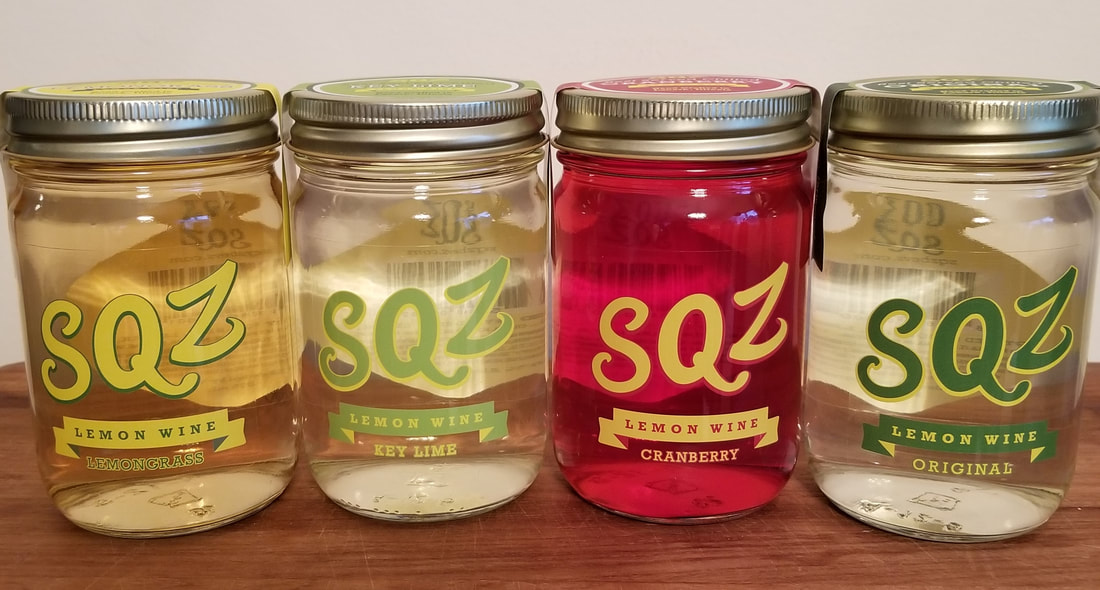
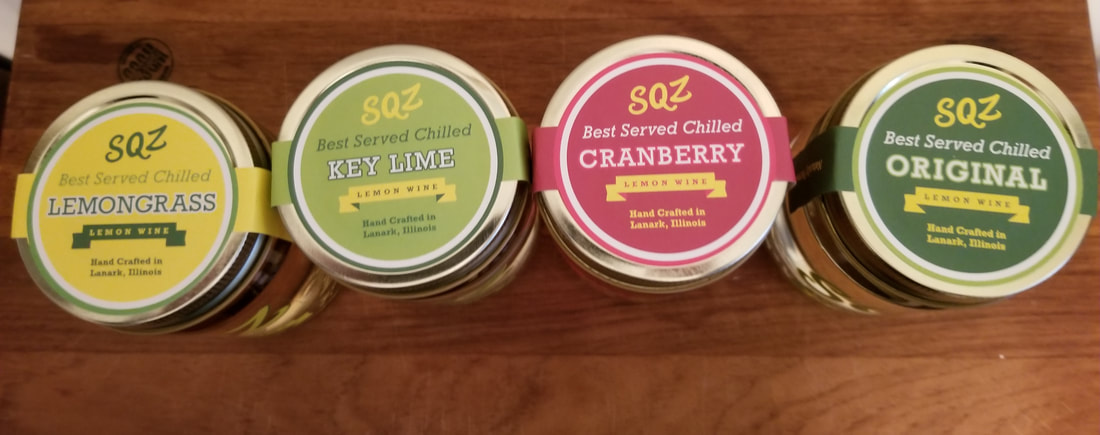
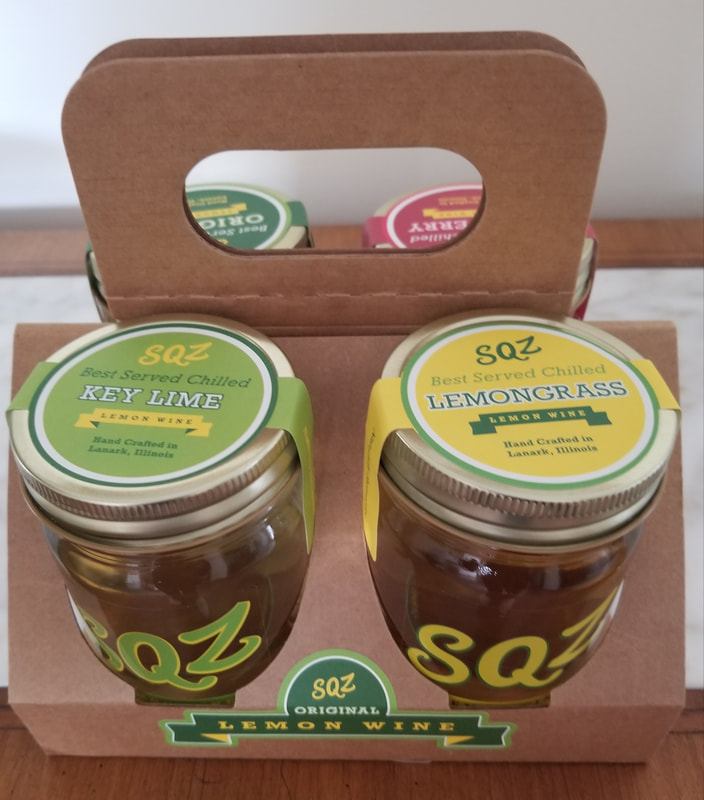
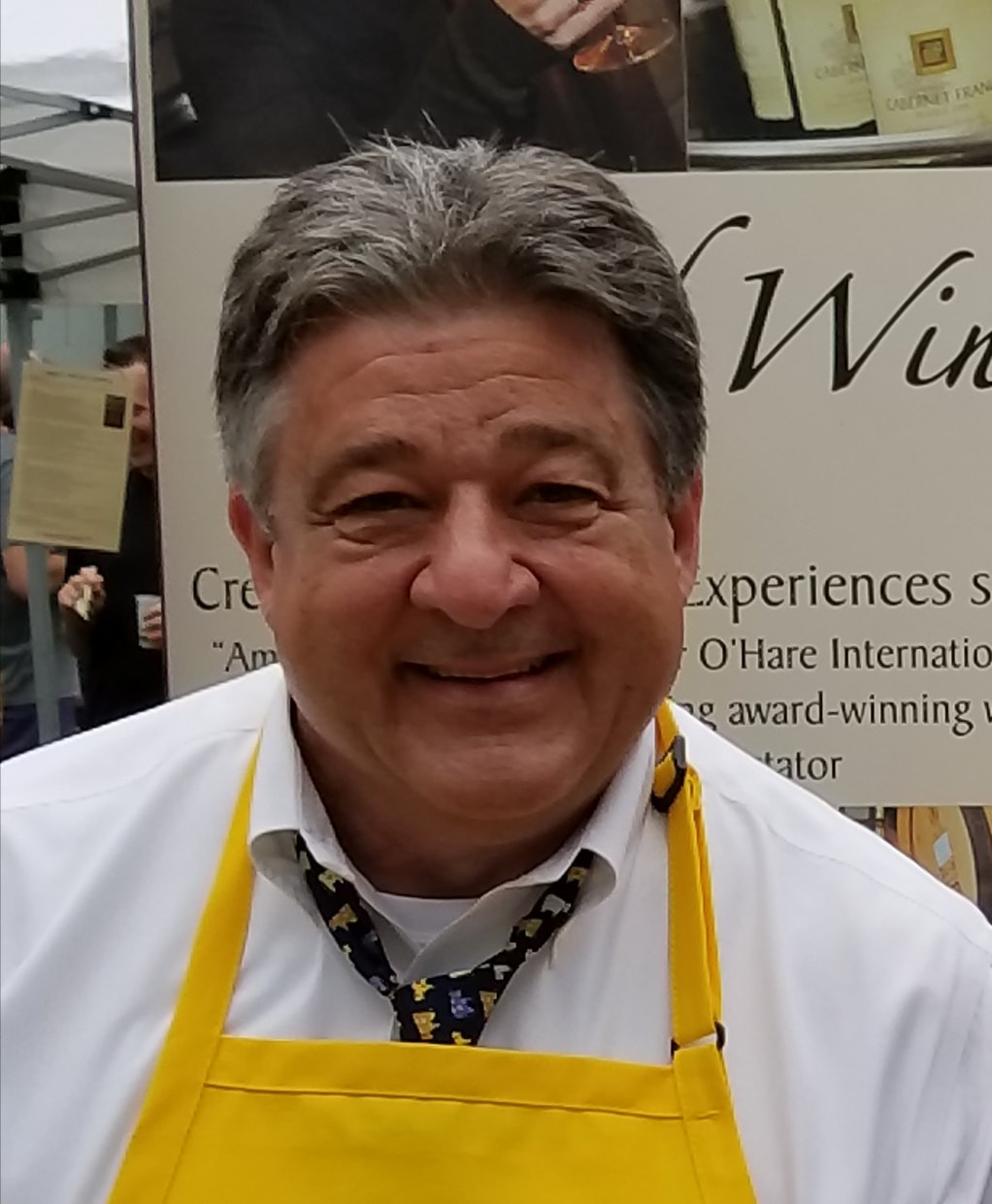
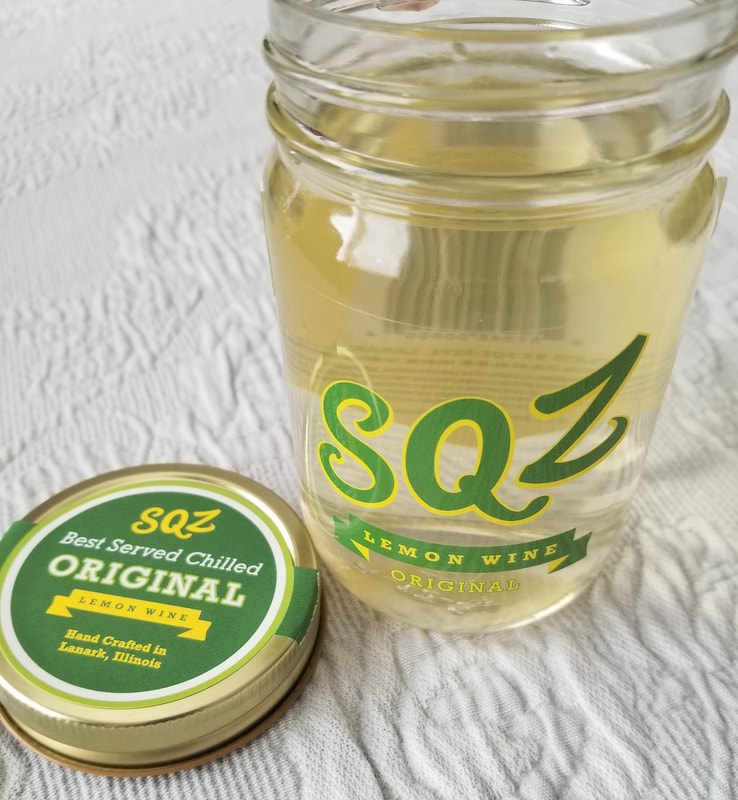
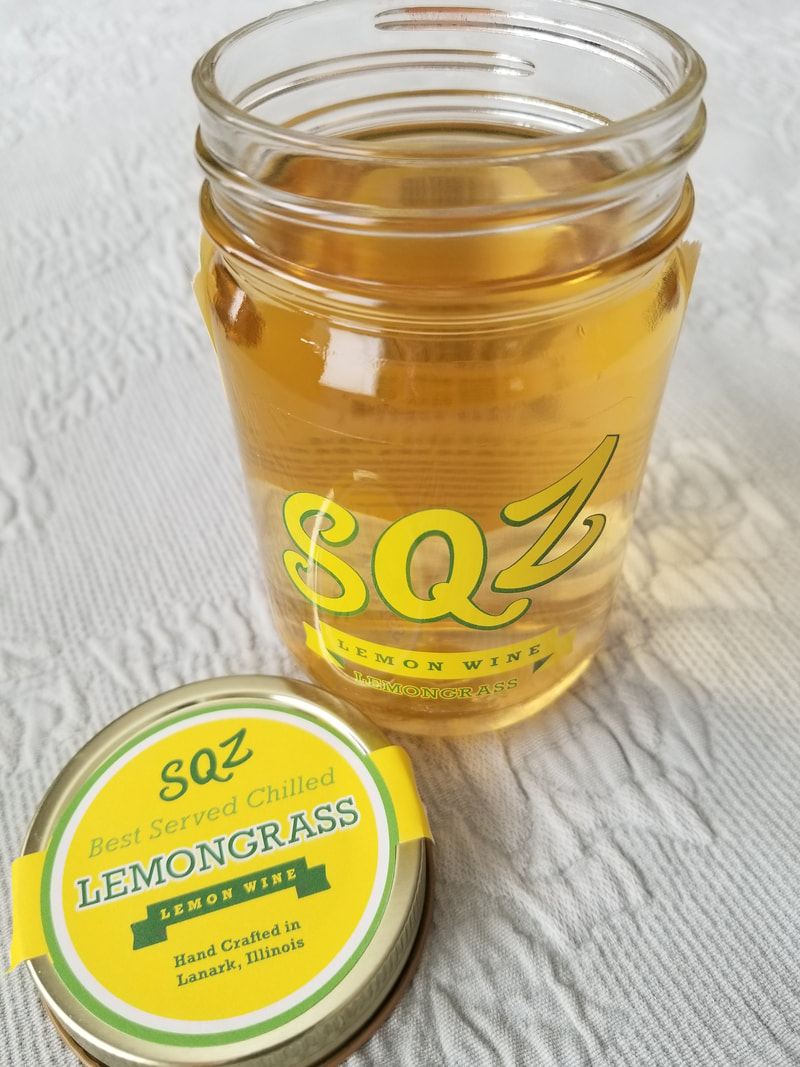
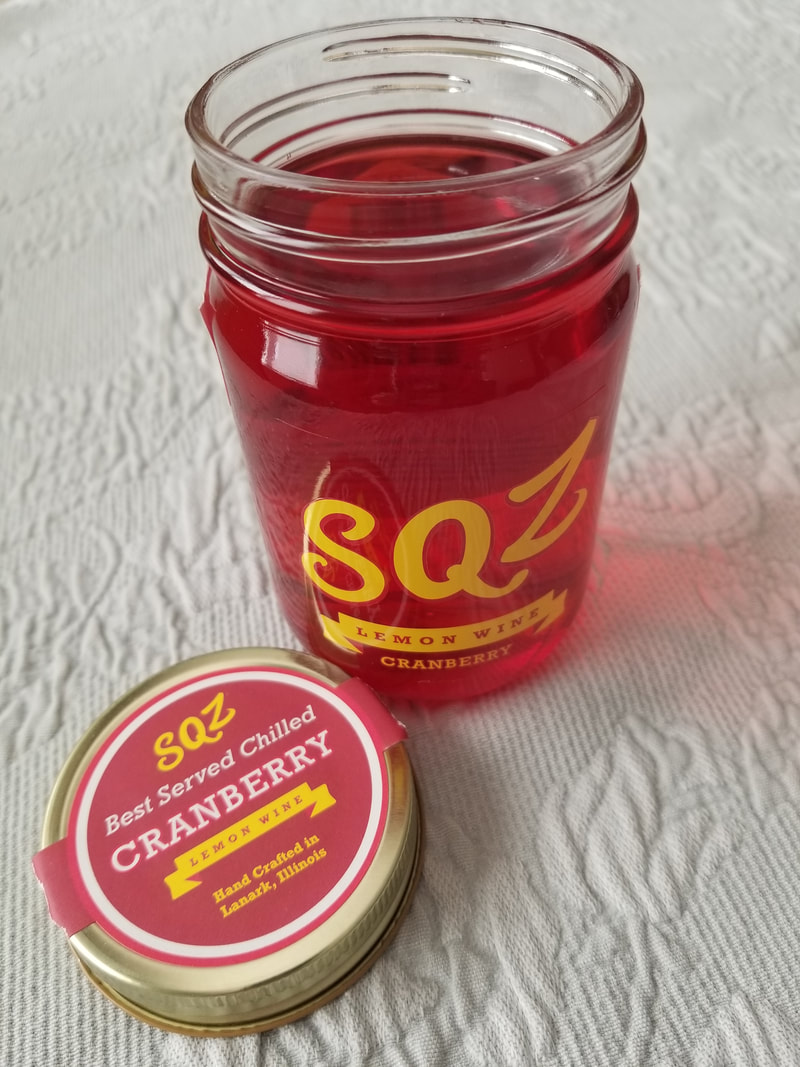
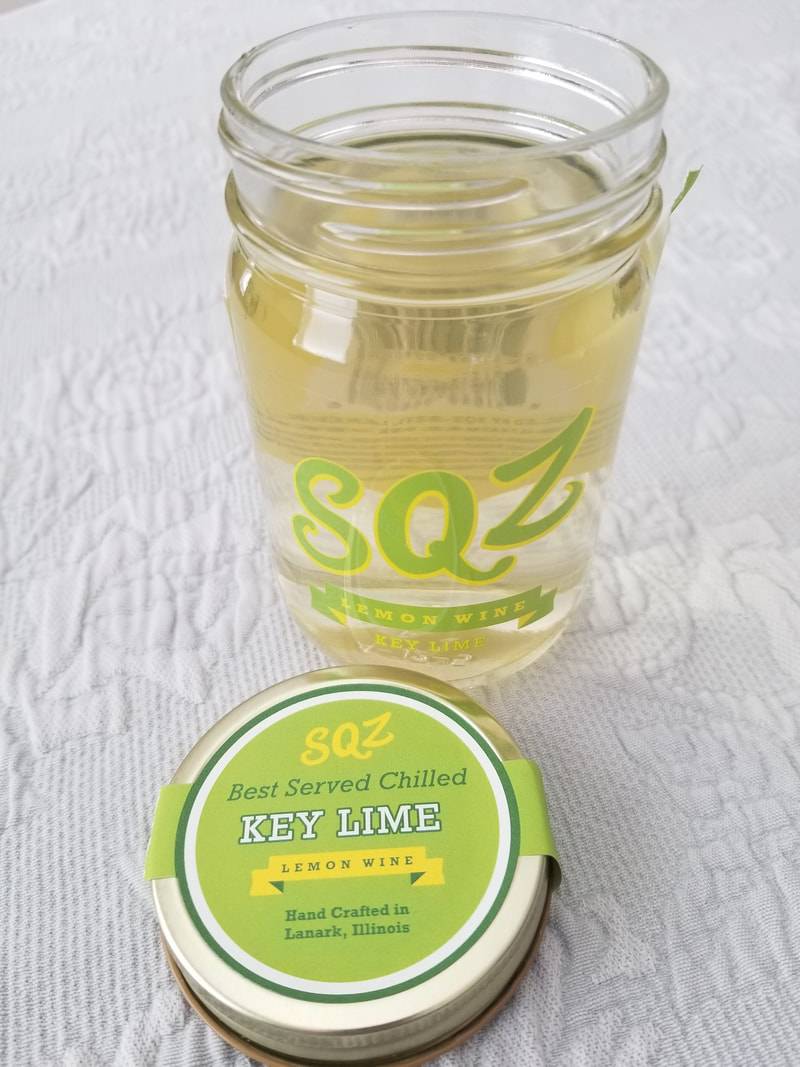
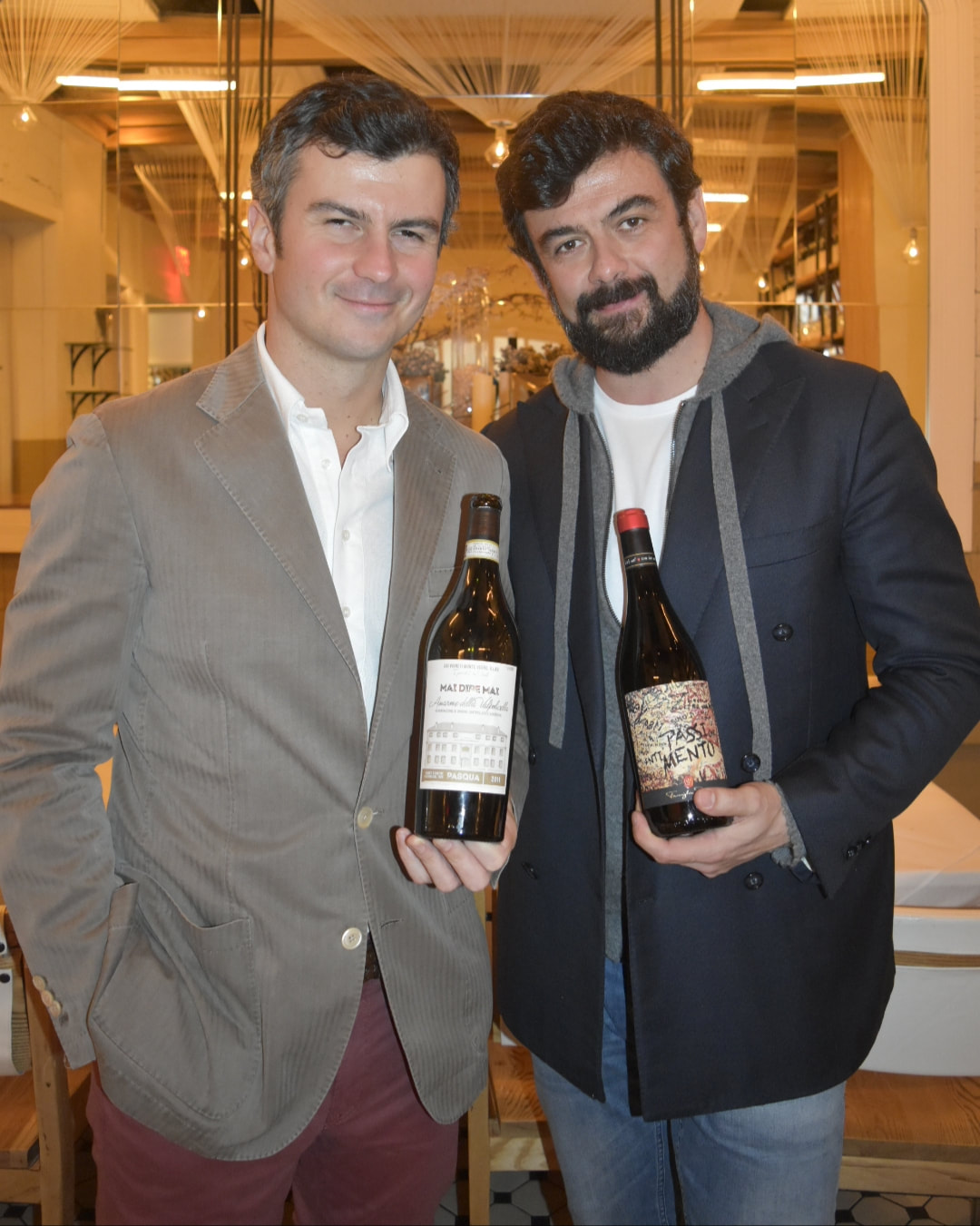
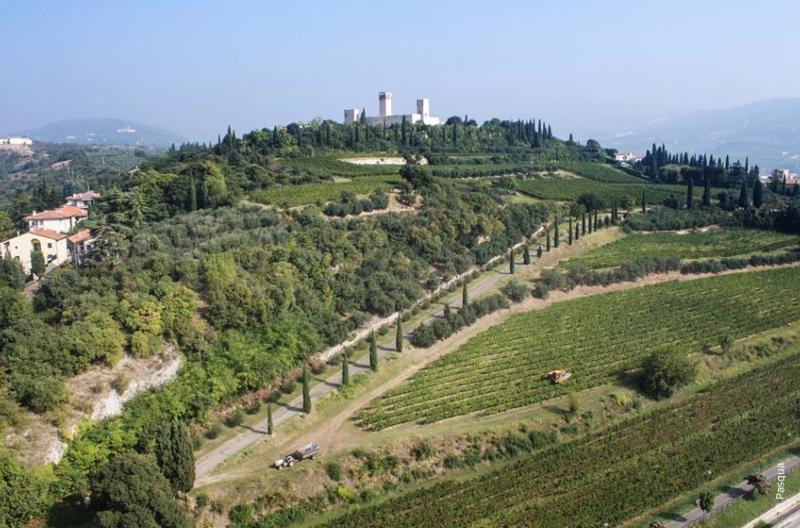
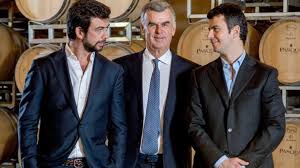
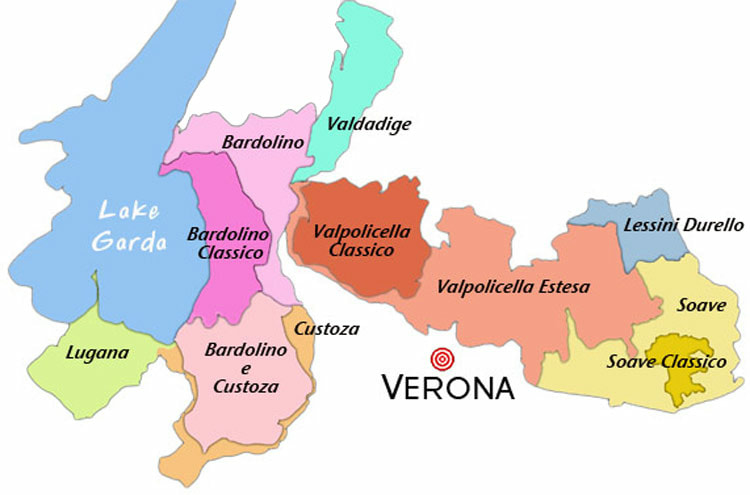
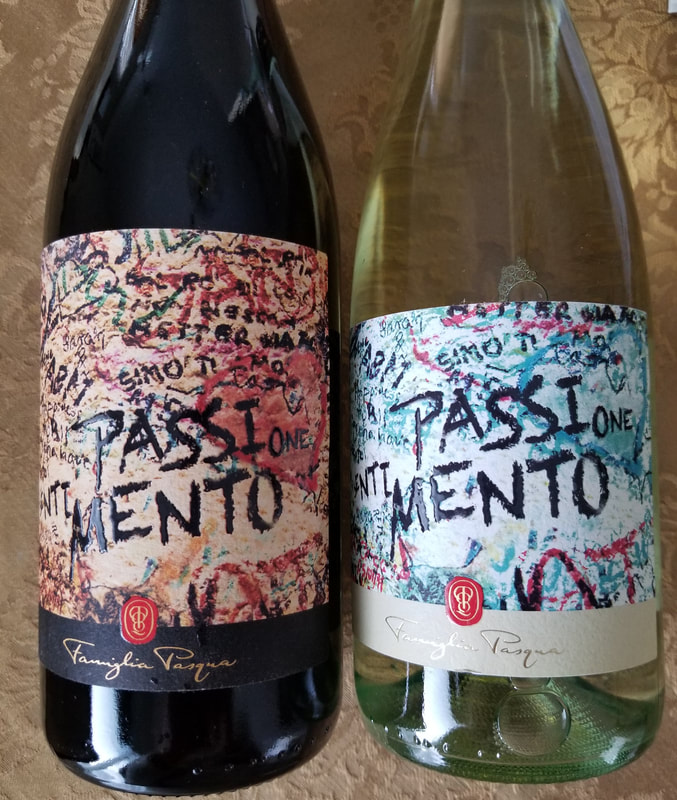
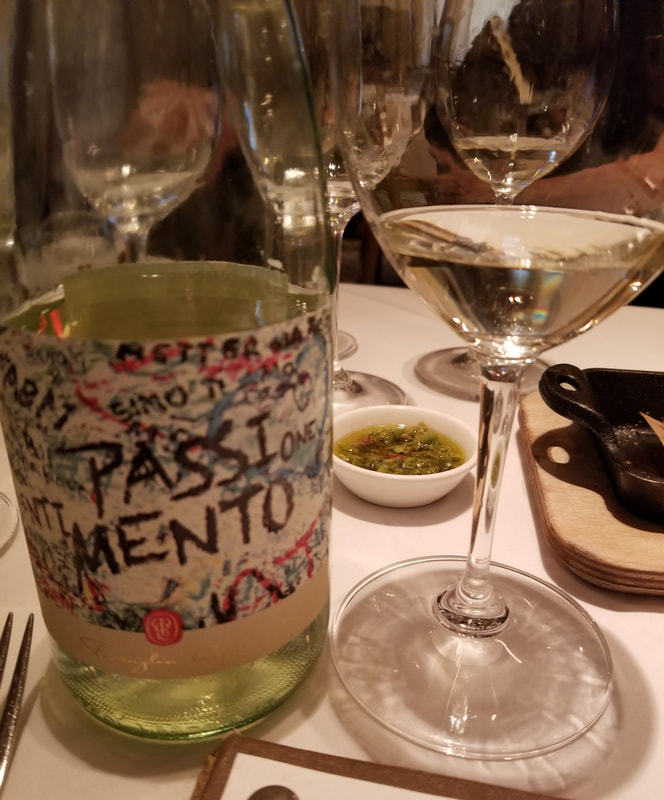
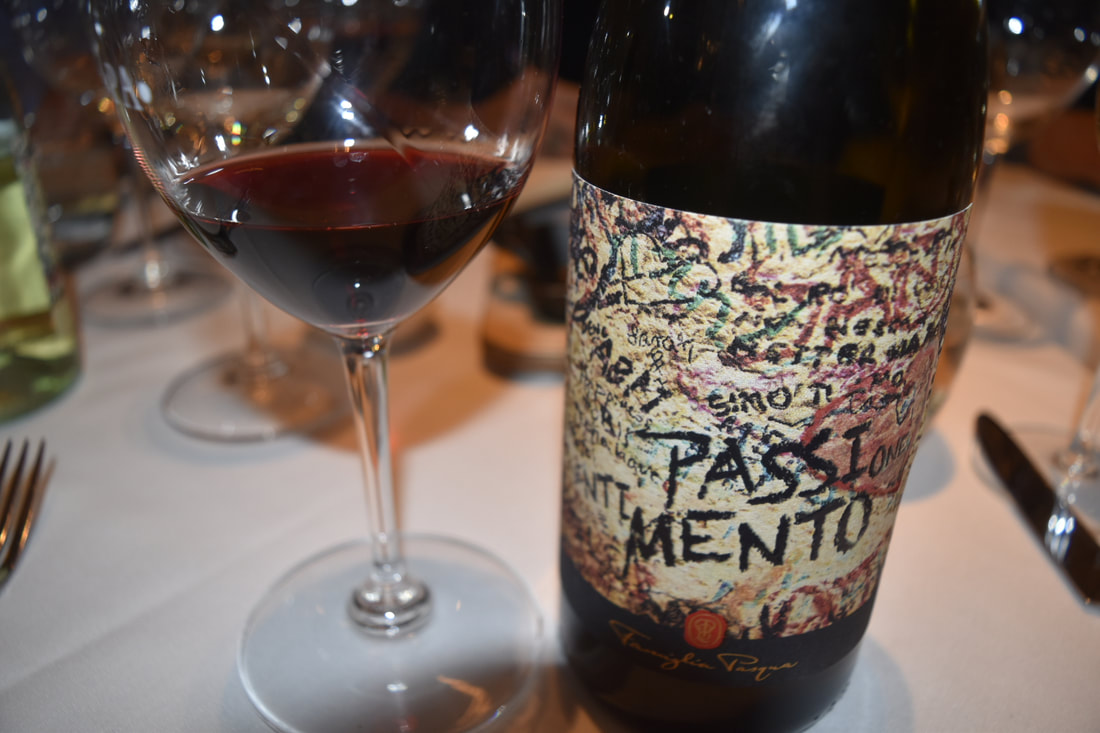
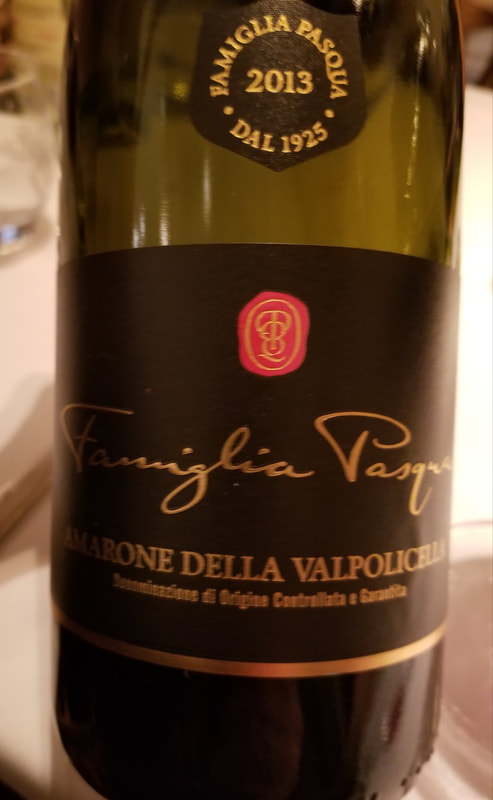
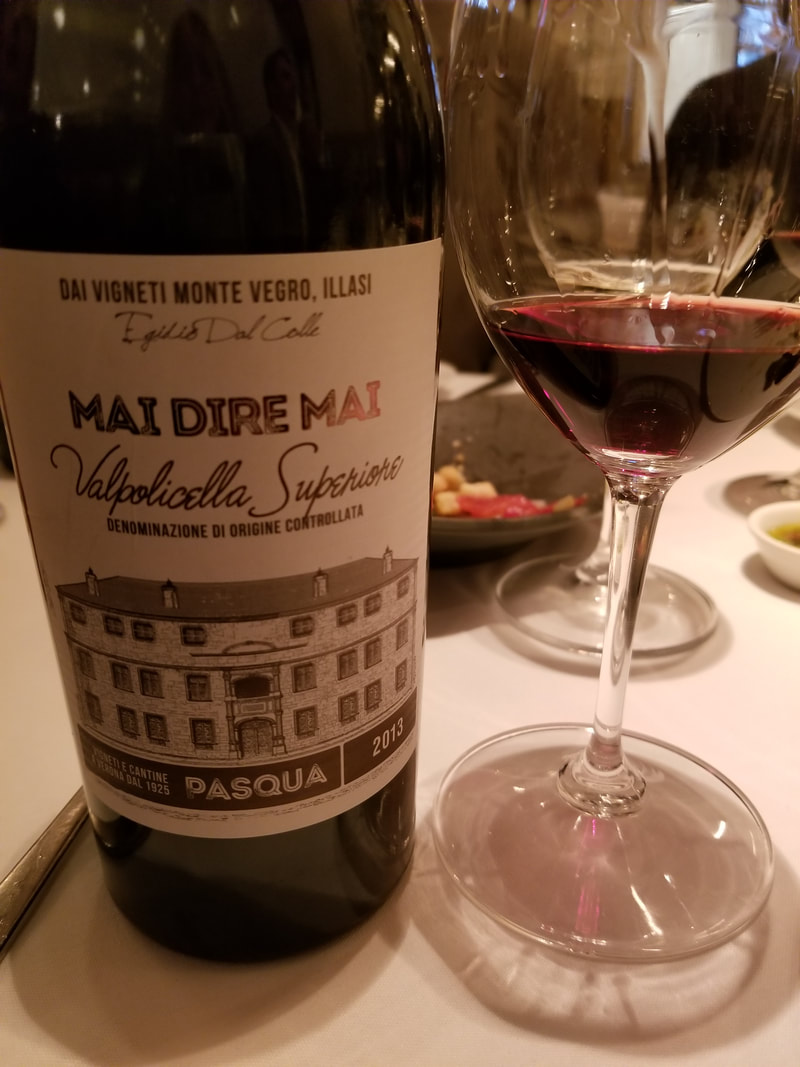
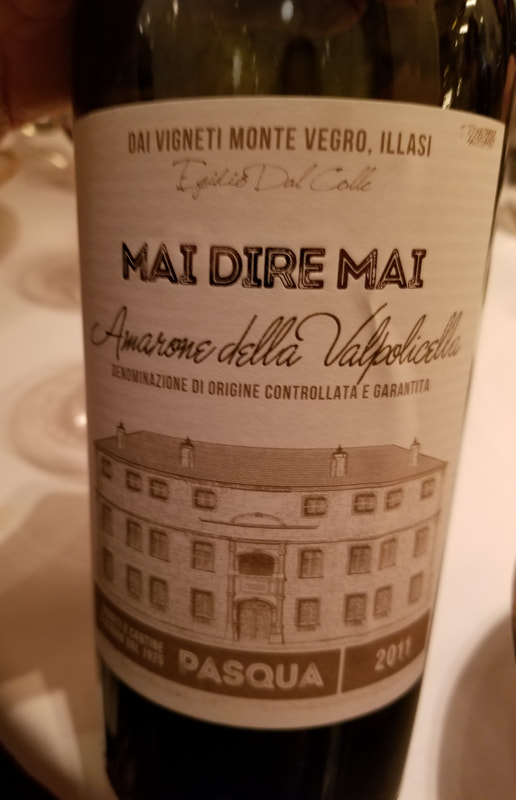

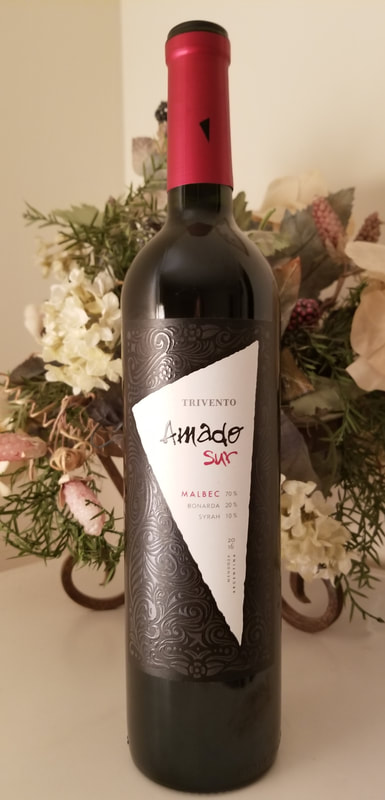
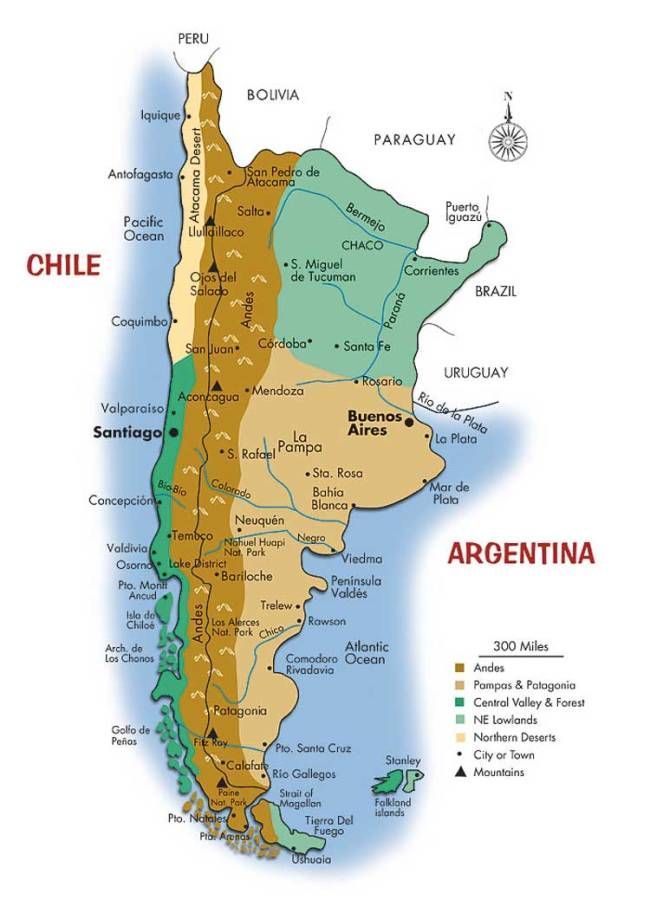
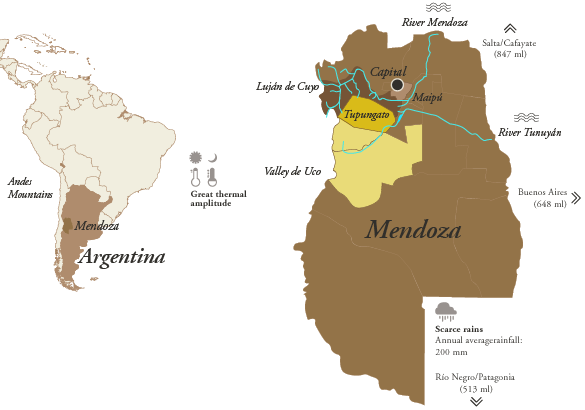
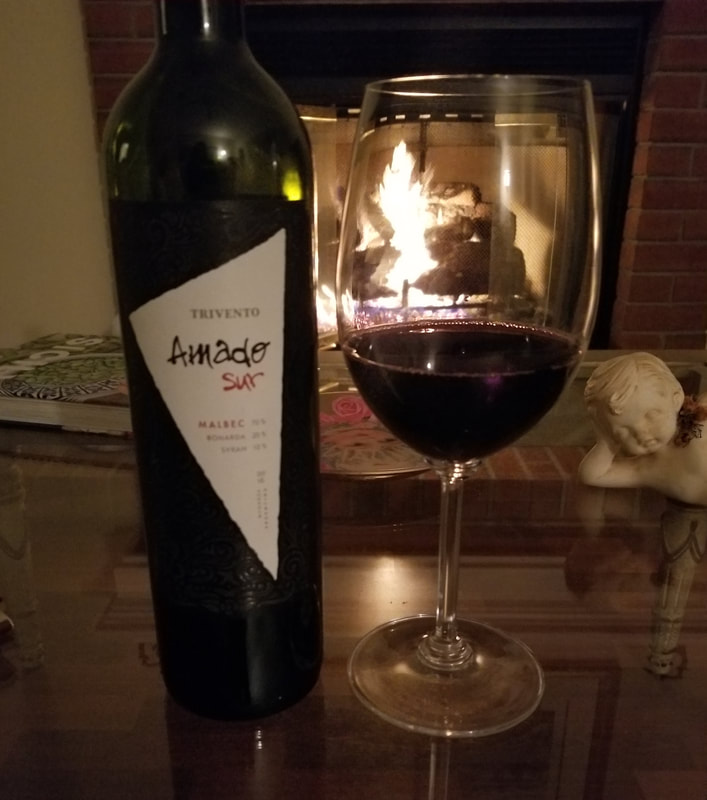
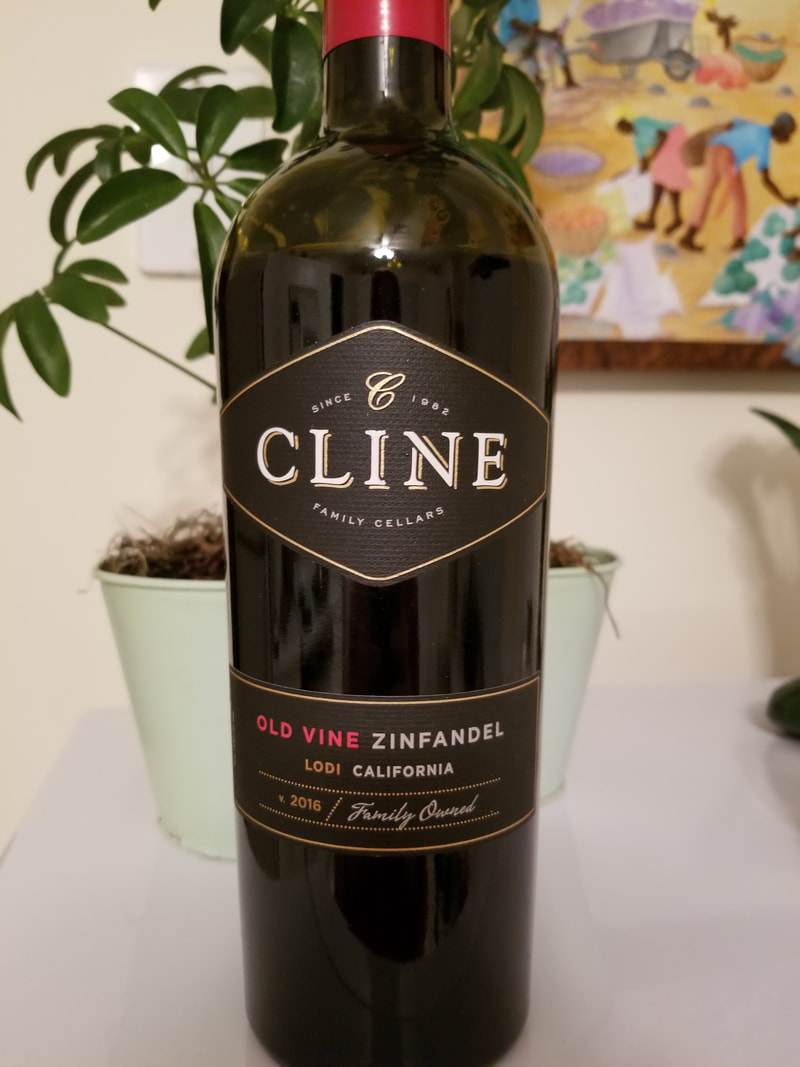
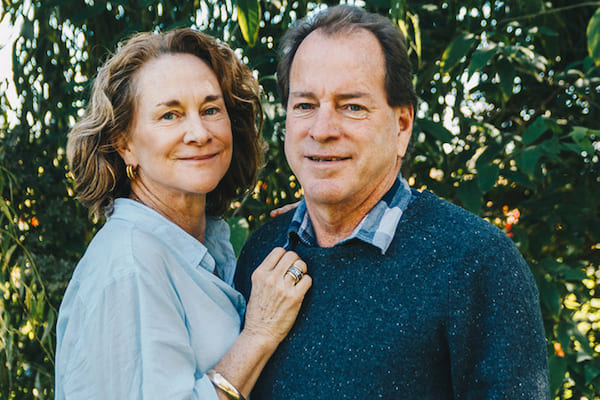
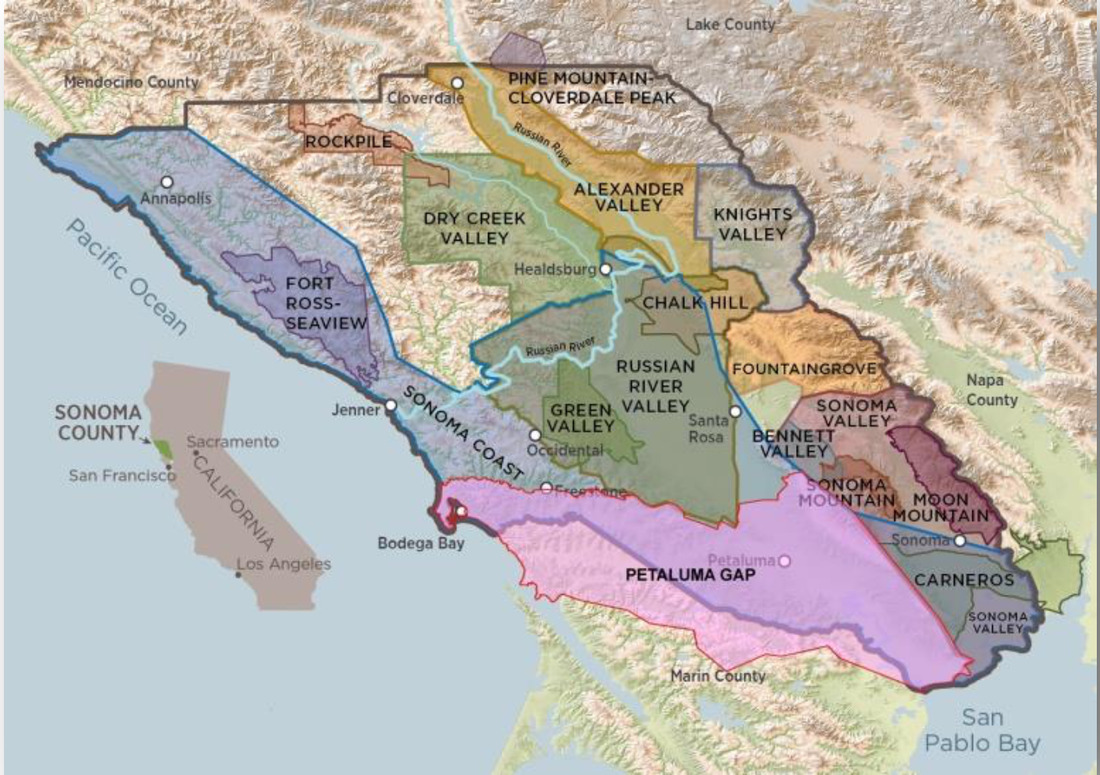
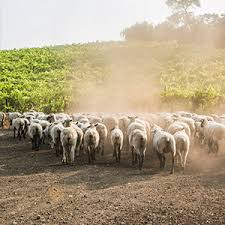
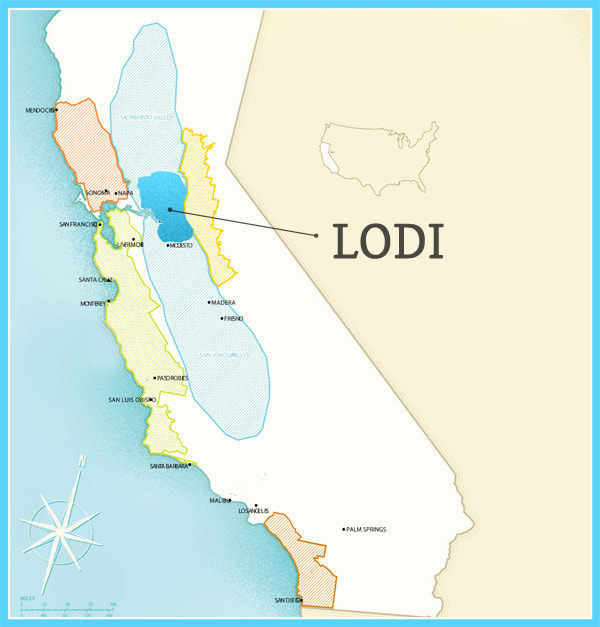
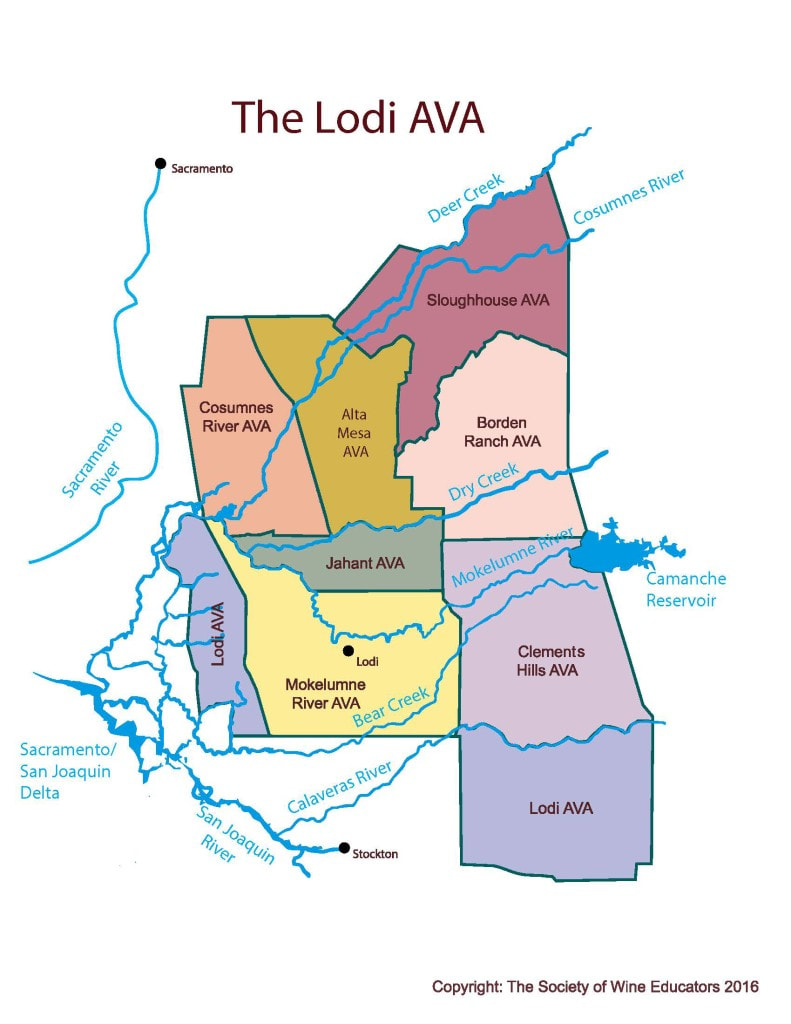
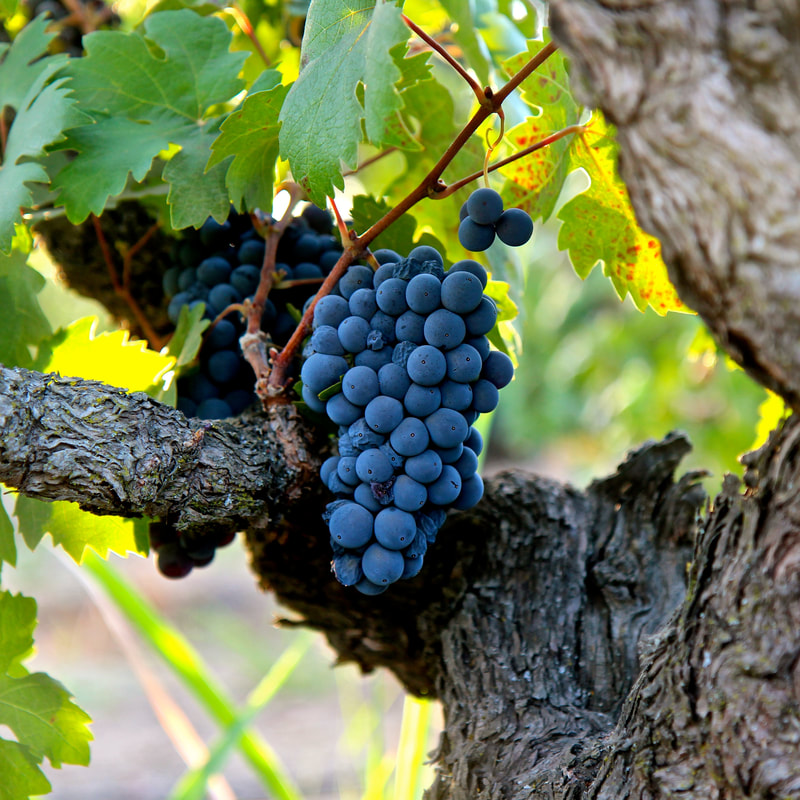
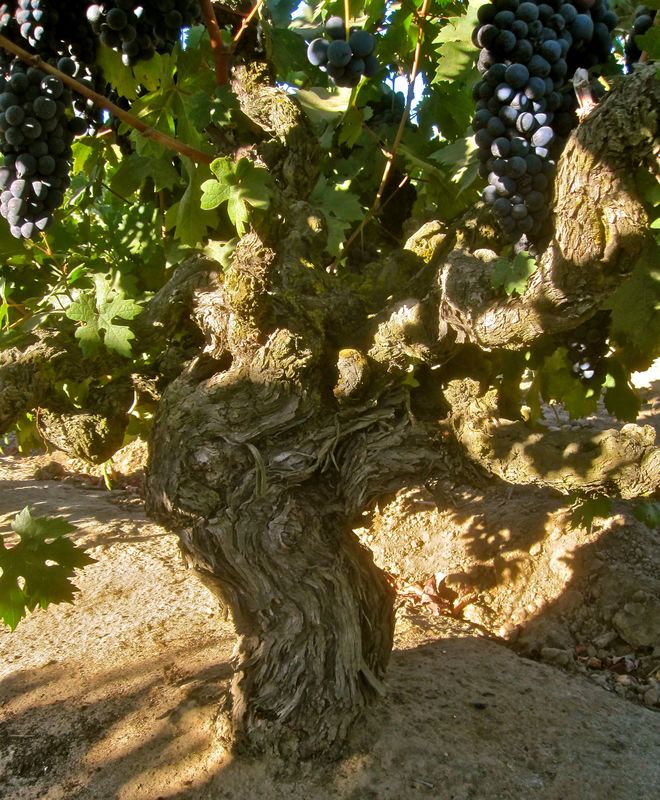
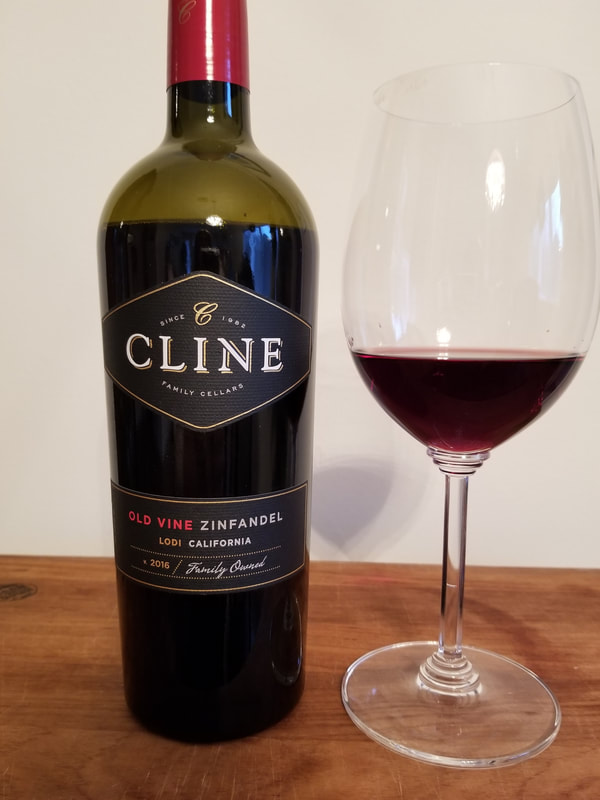
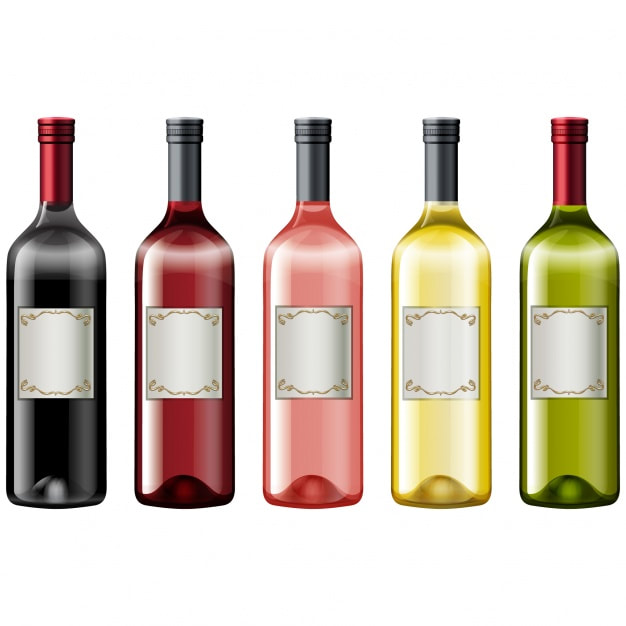
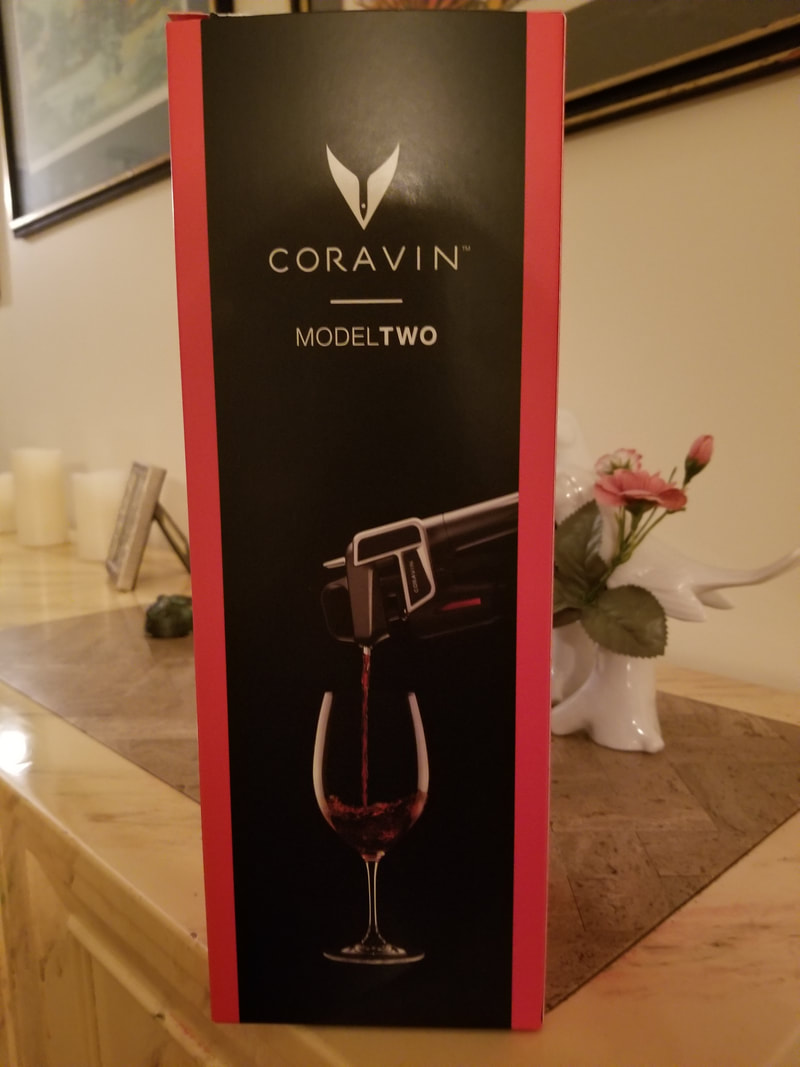
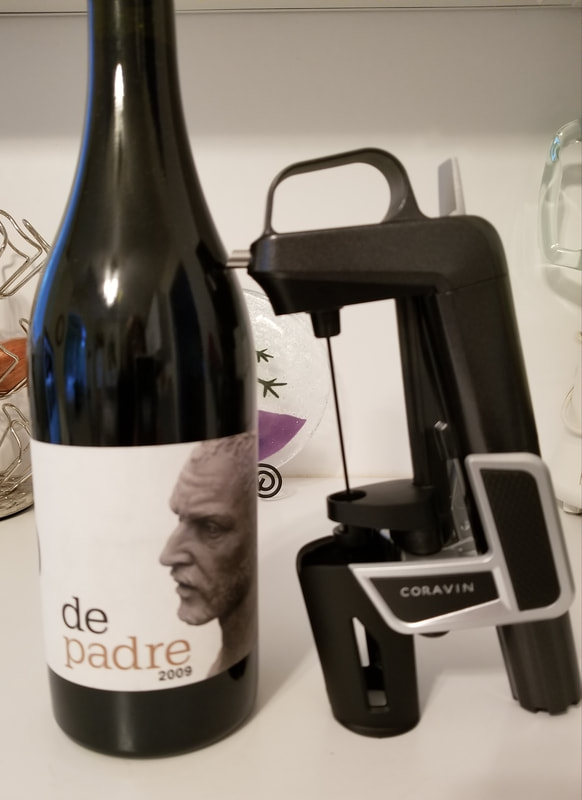
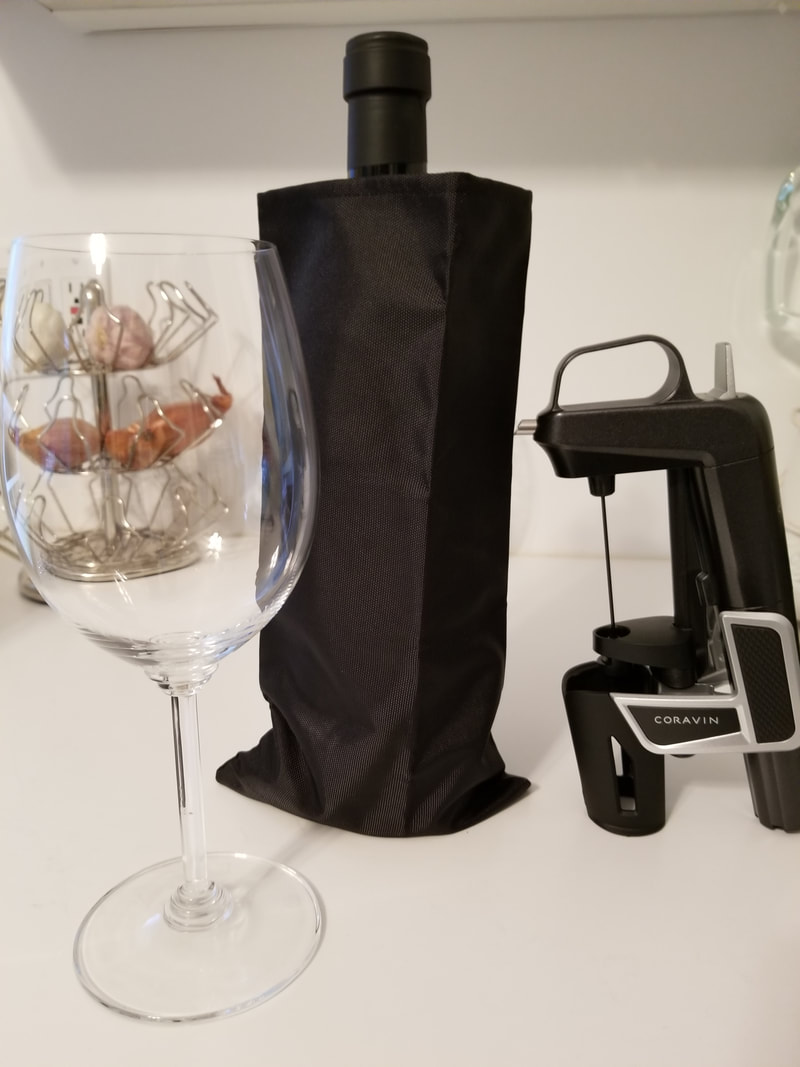
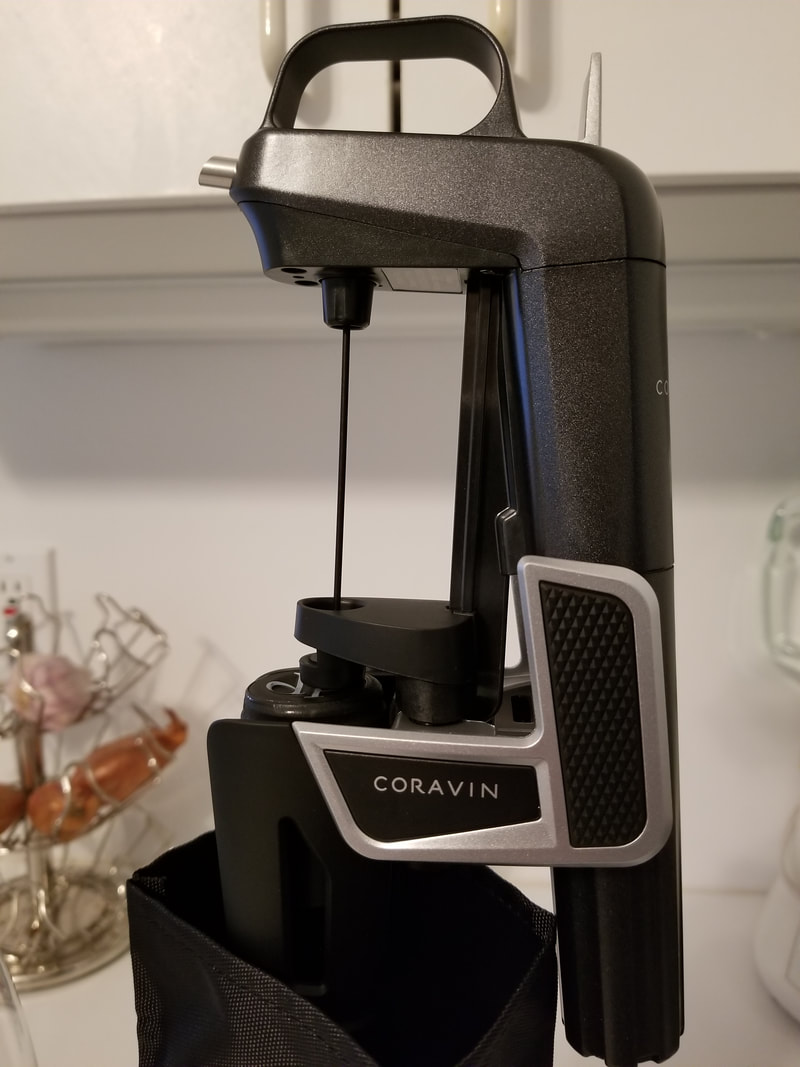
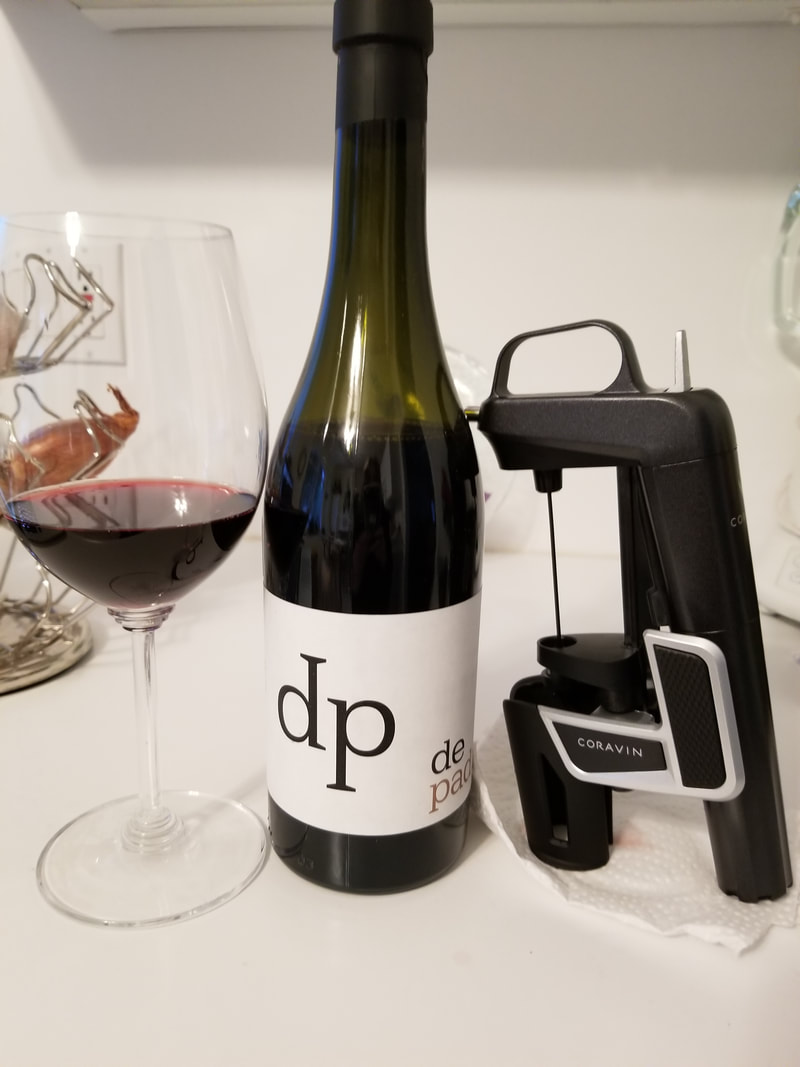
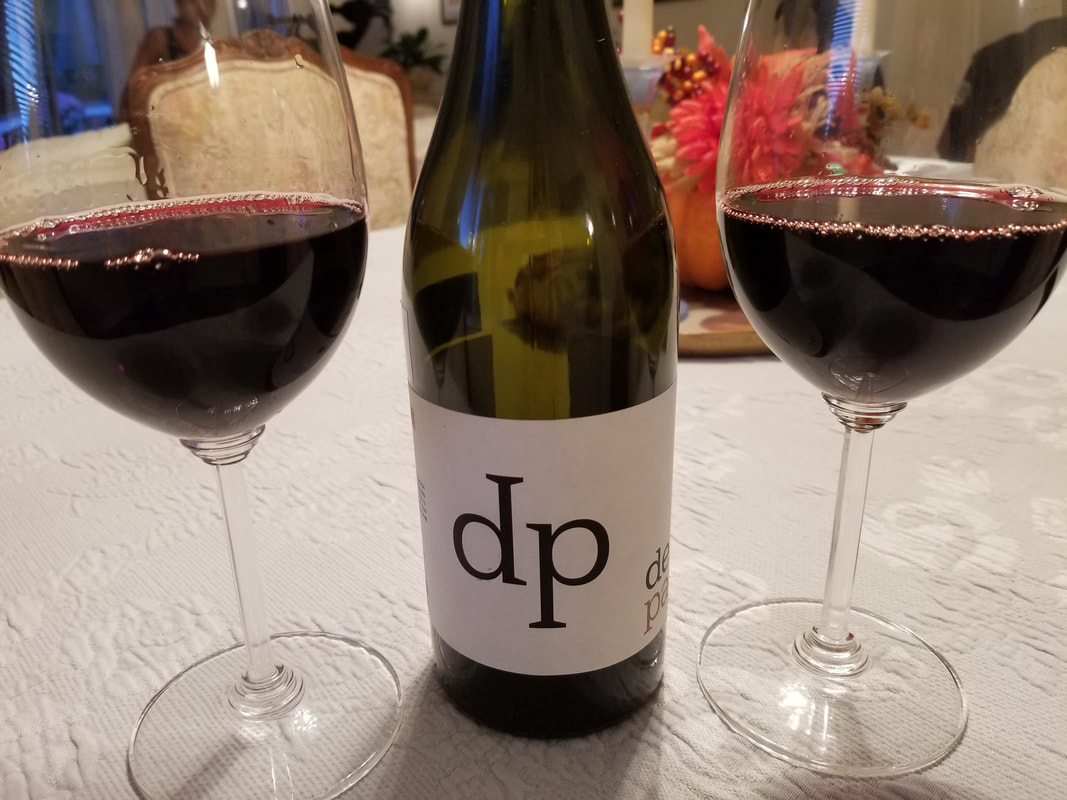
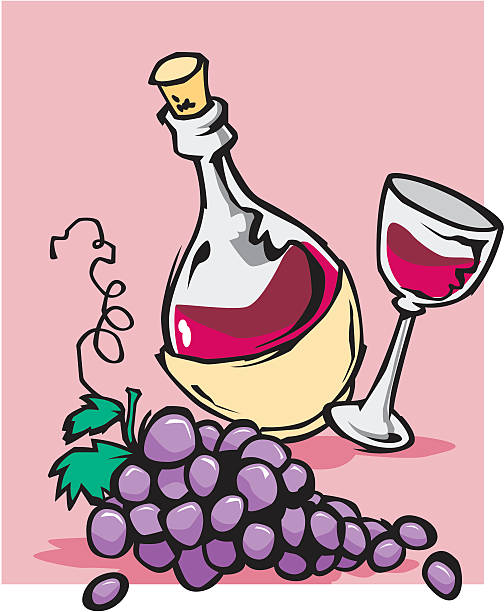
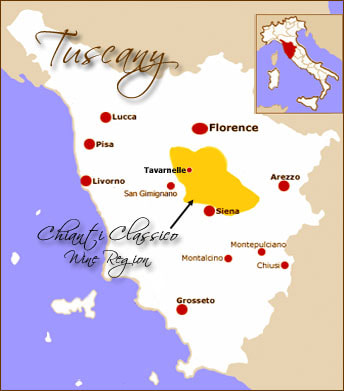
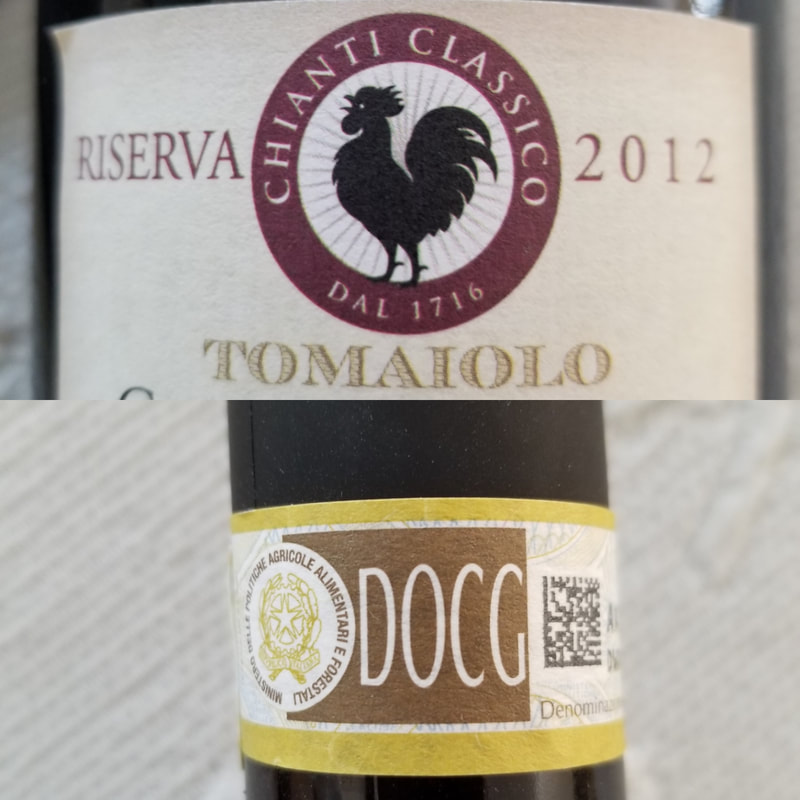
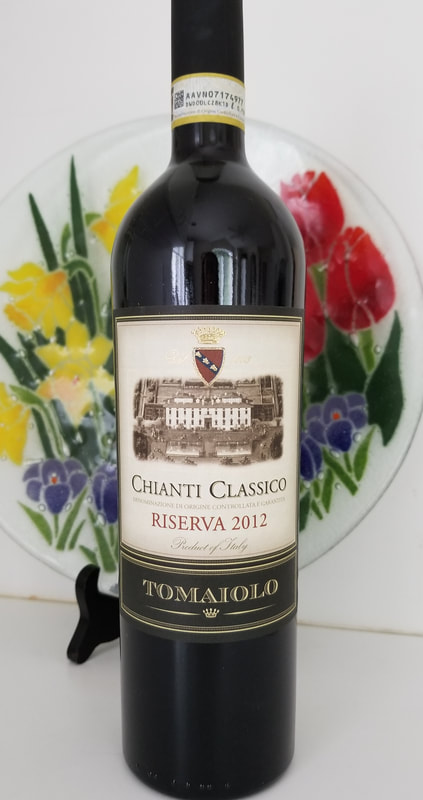
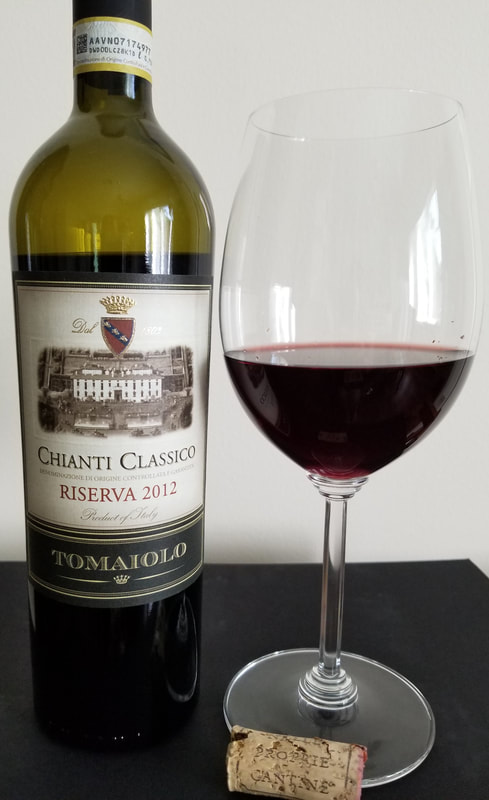



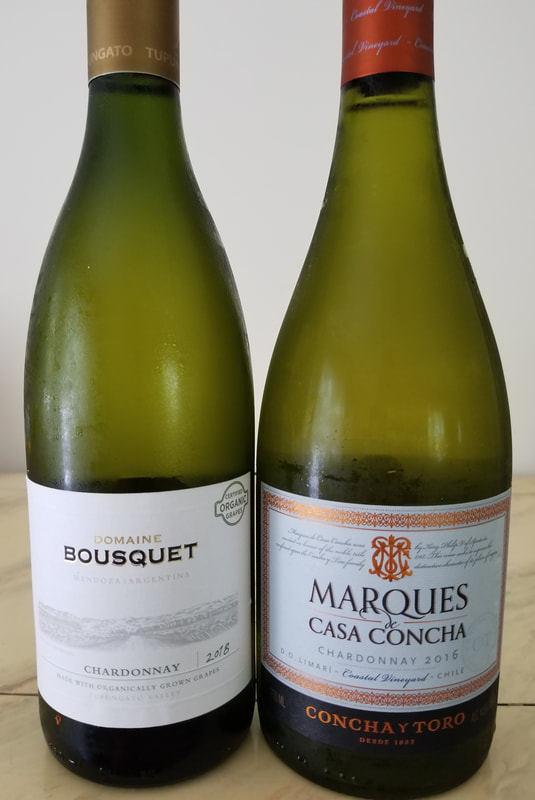
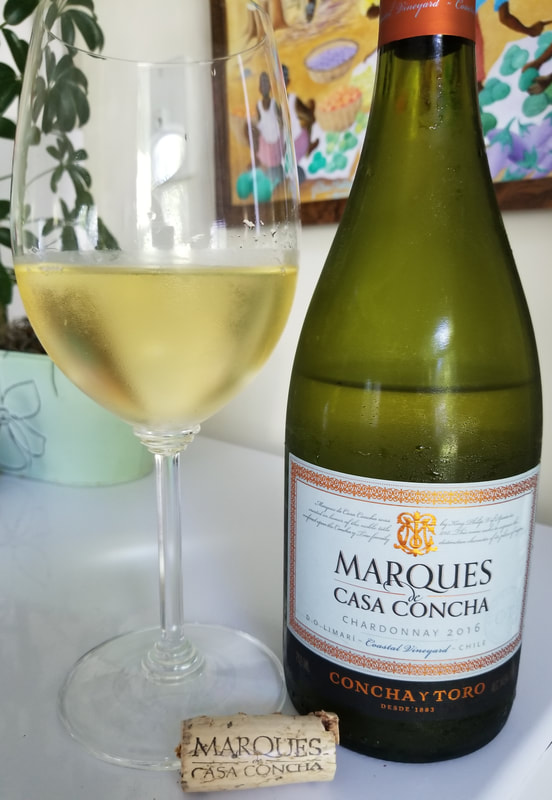
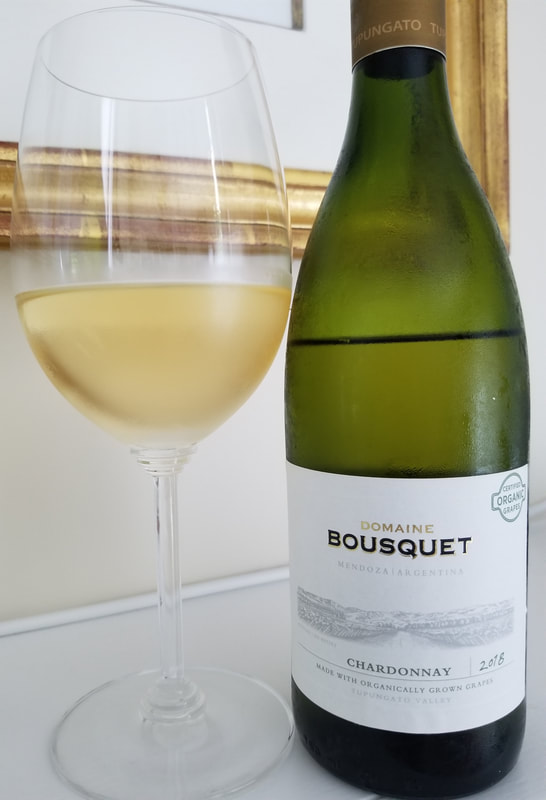

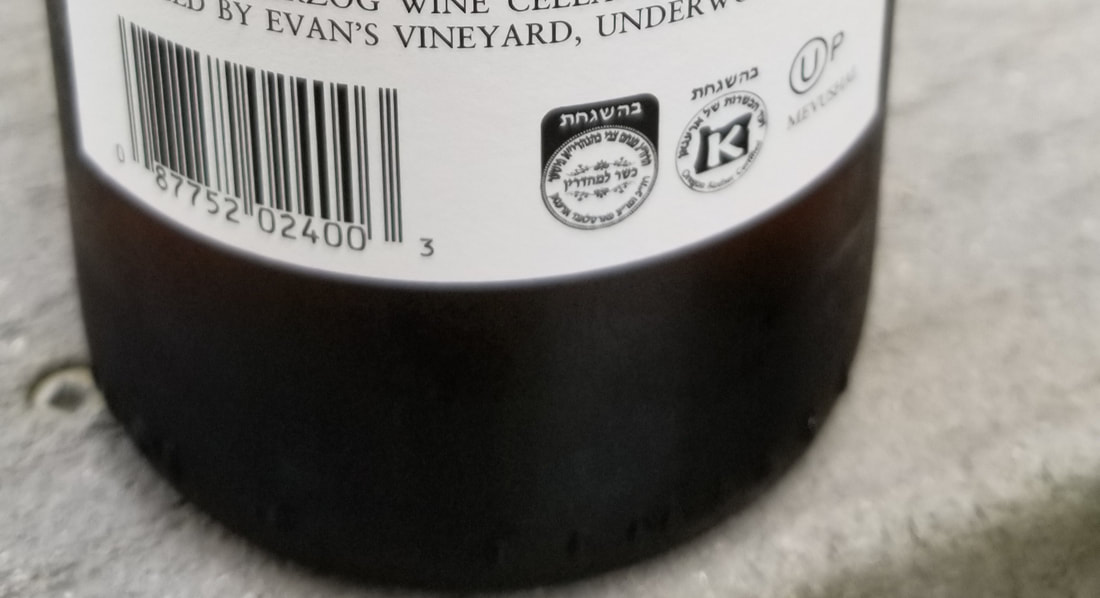
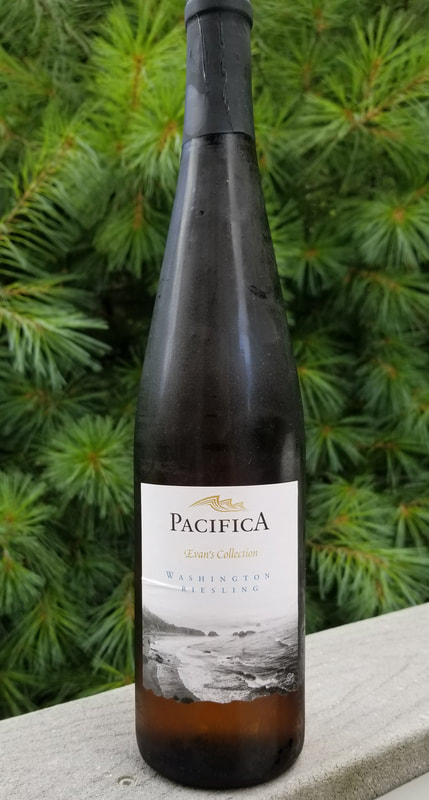
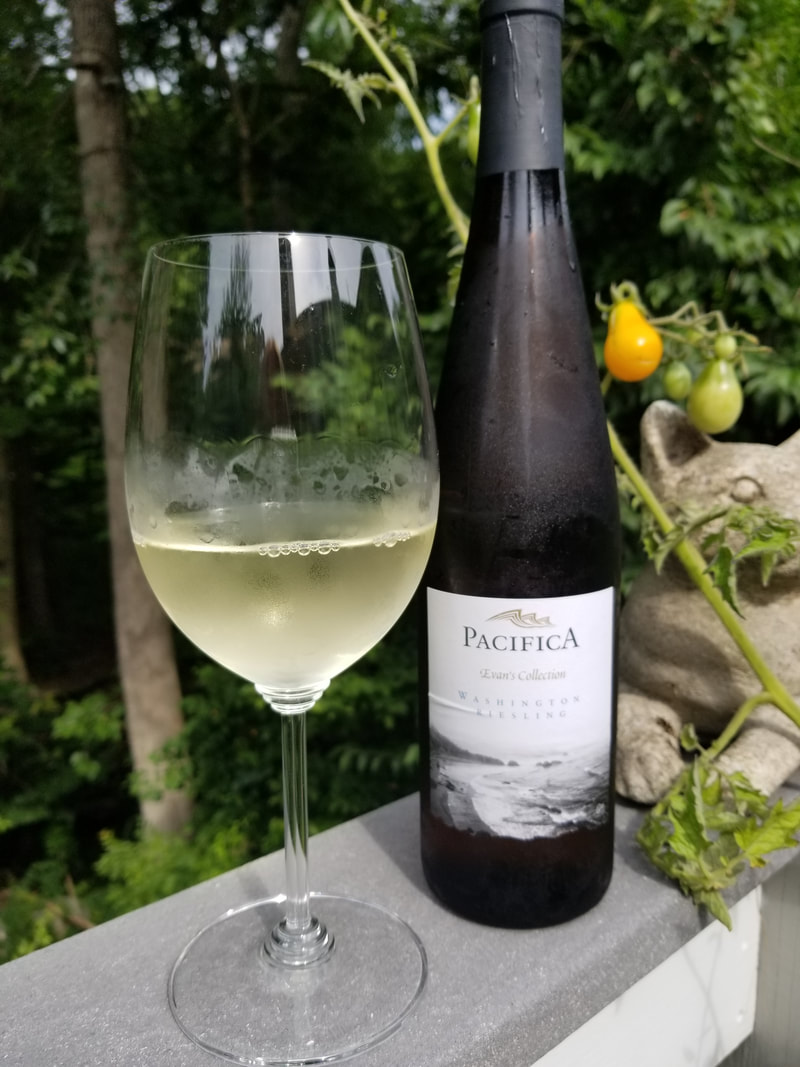
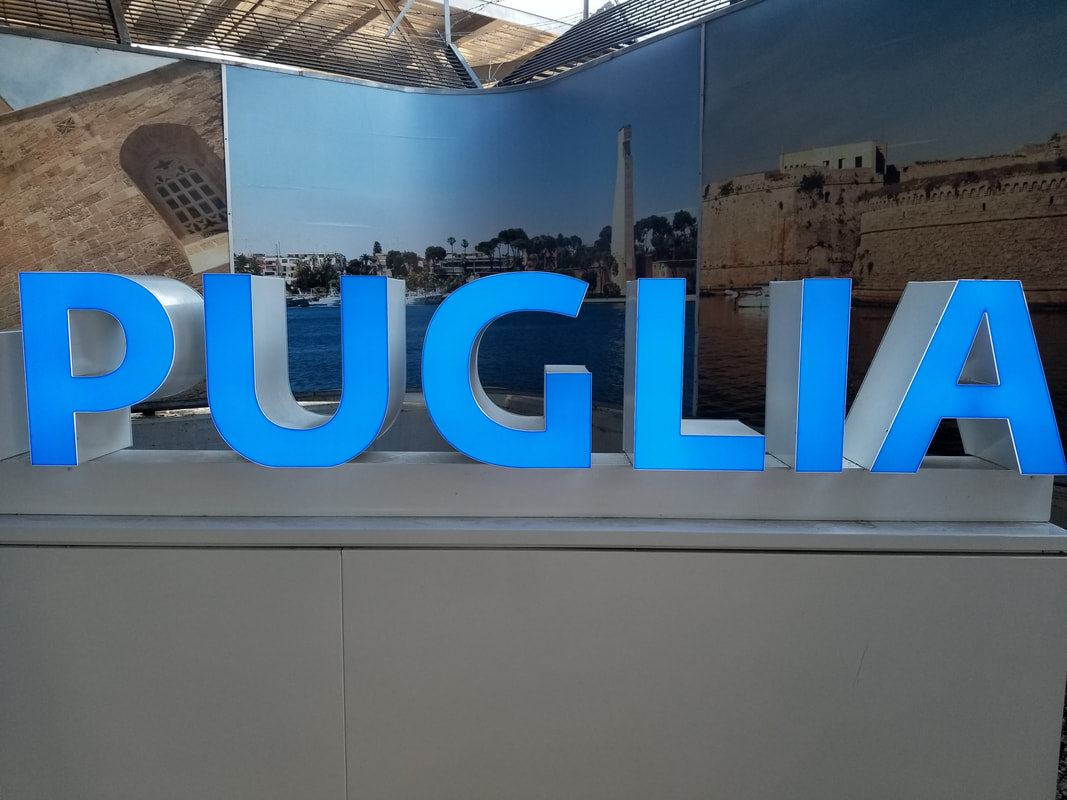
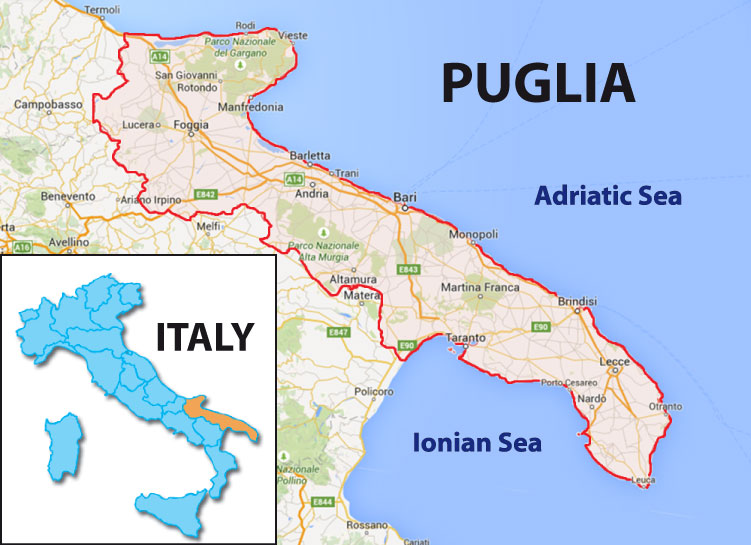
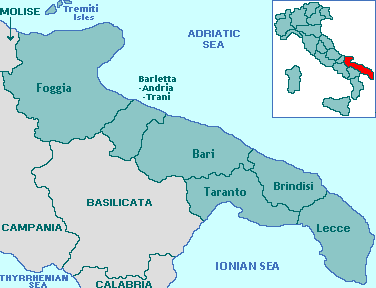
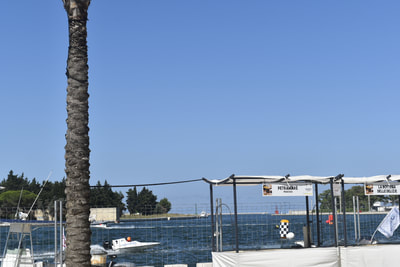
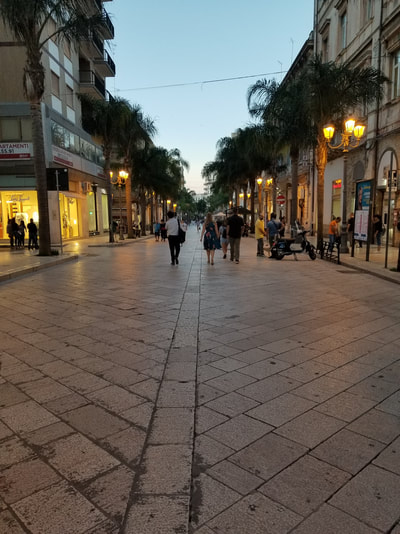
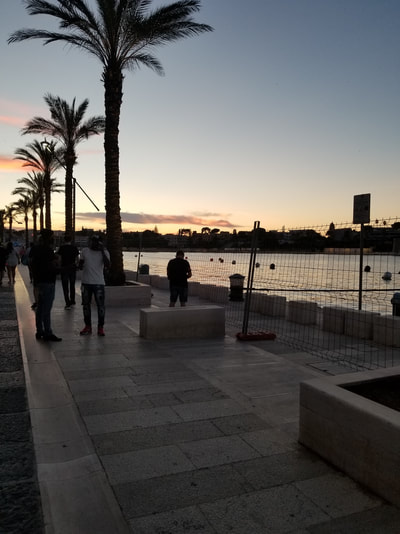
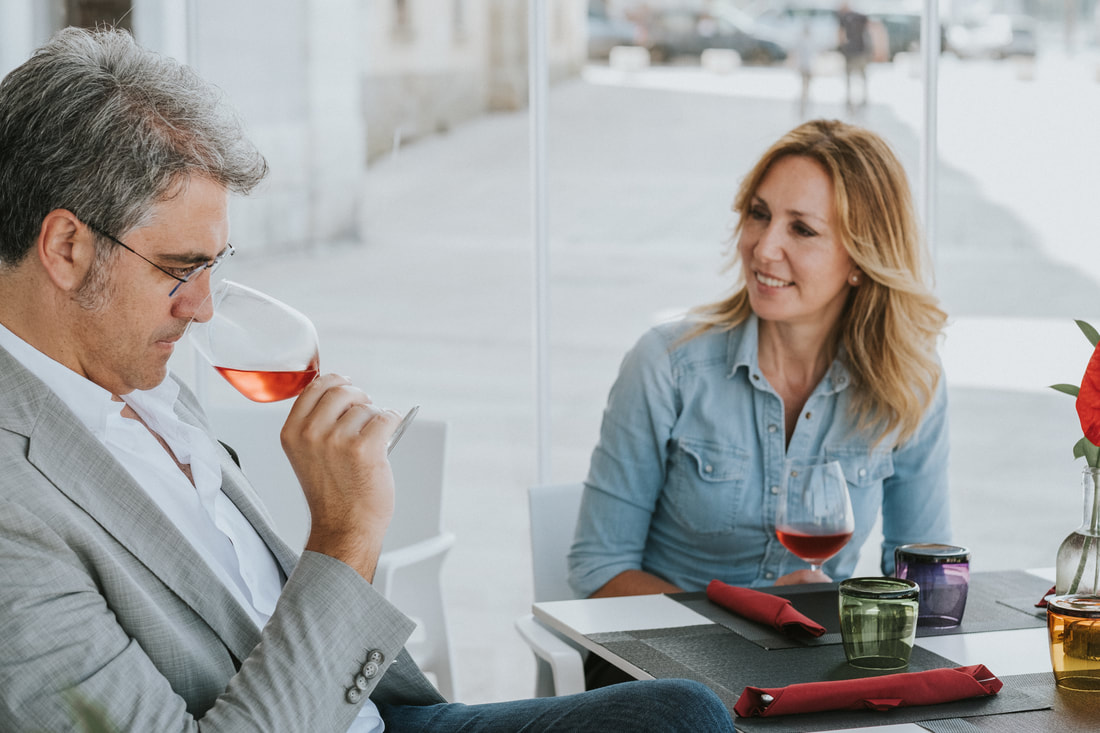
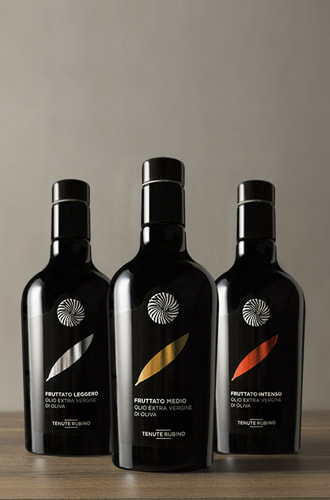
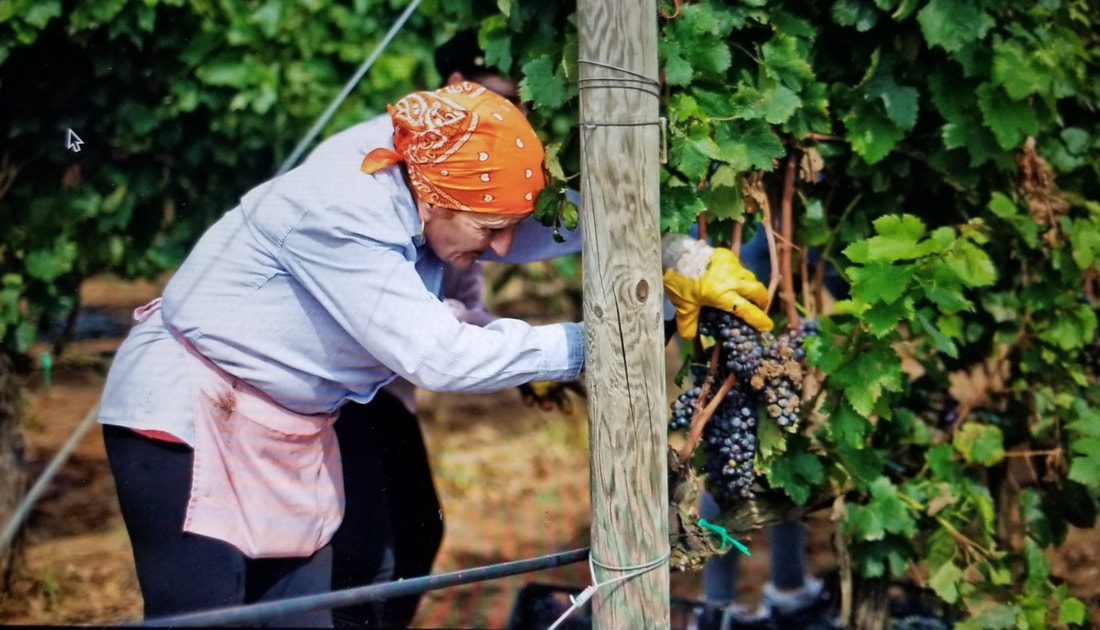
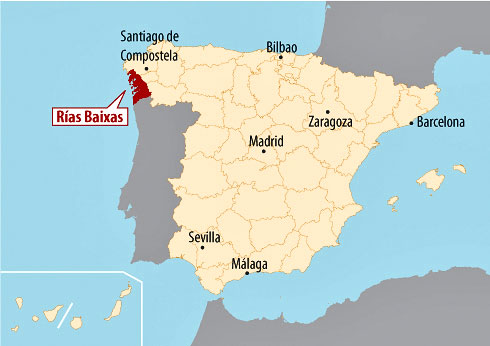
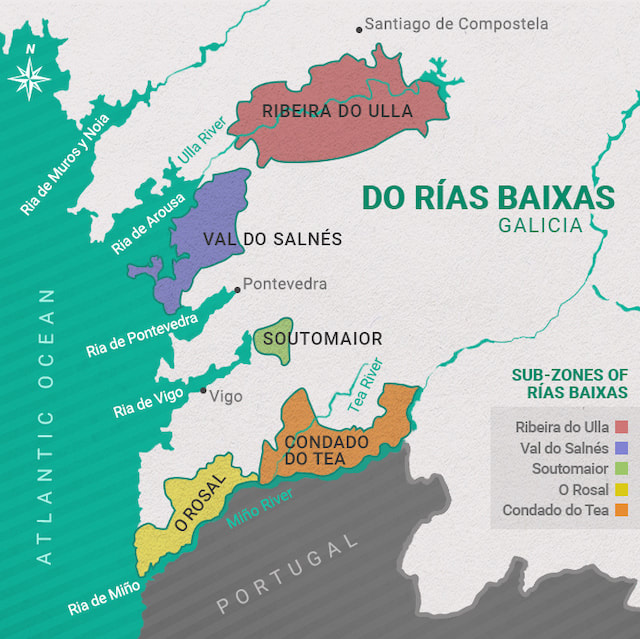
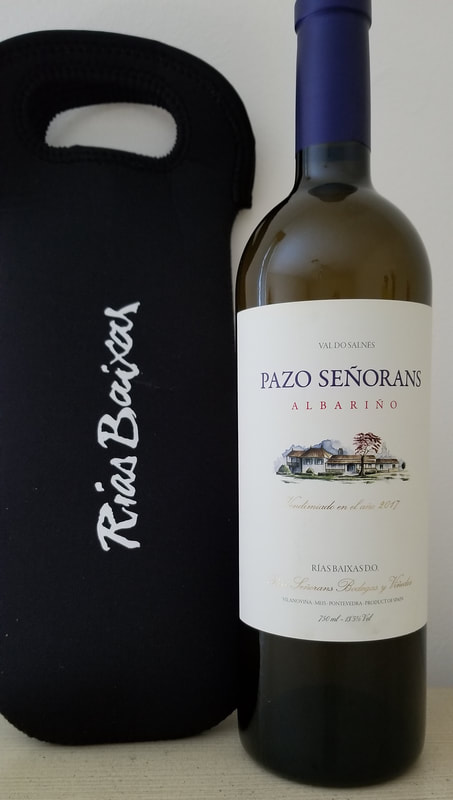
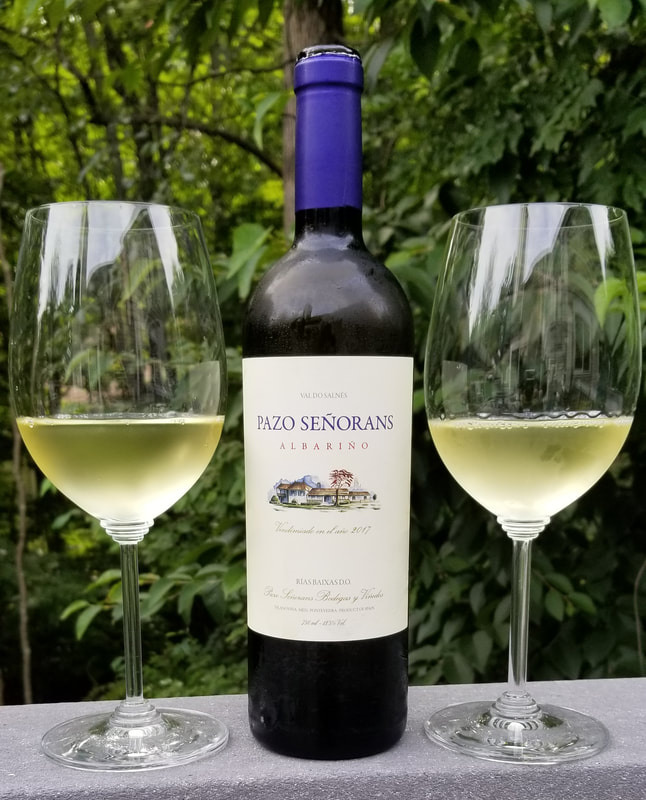
 RSS Feed
RSS Feed